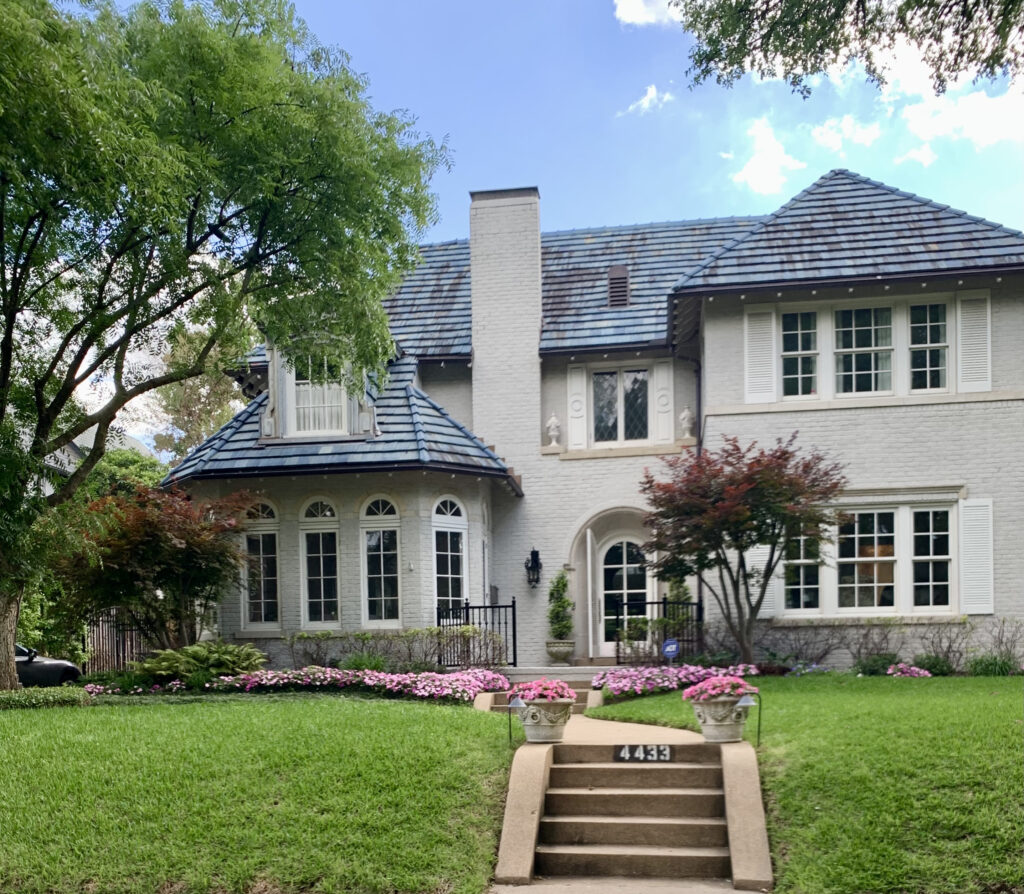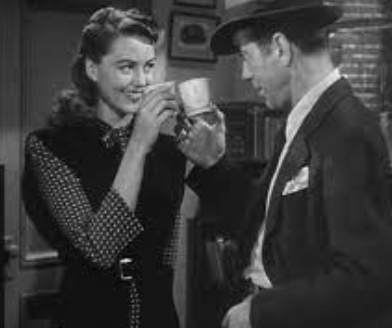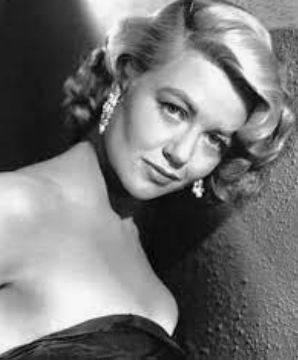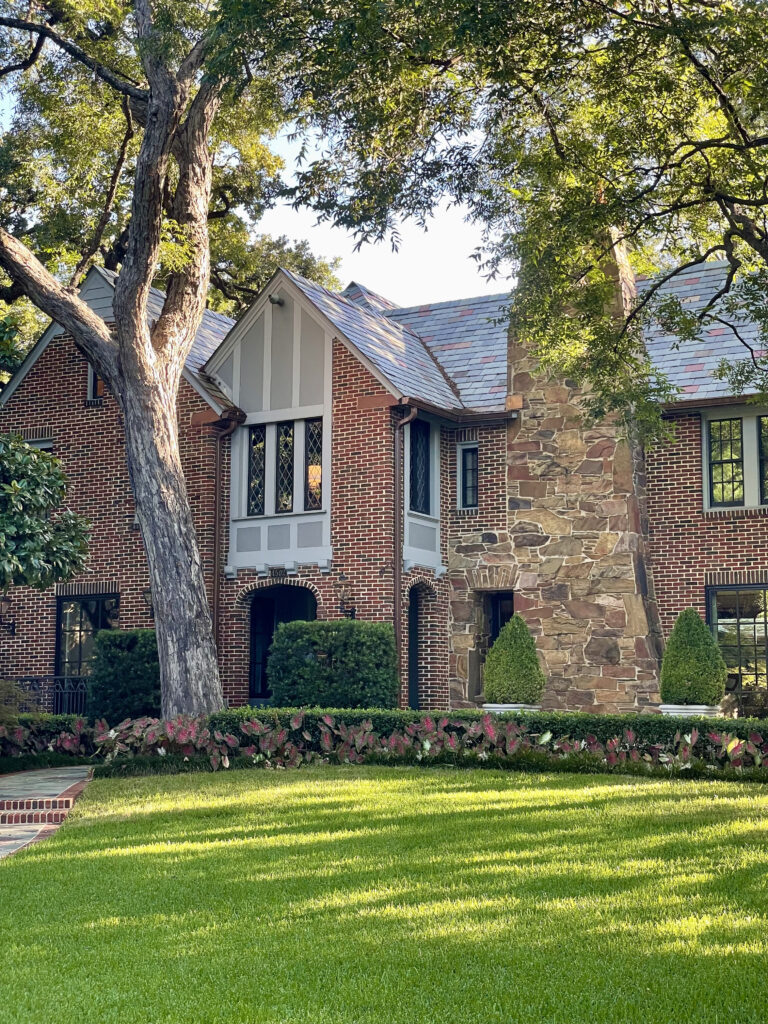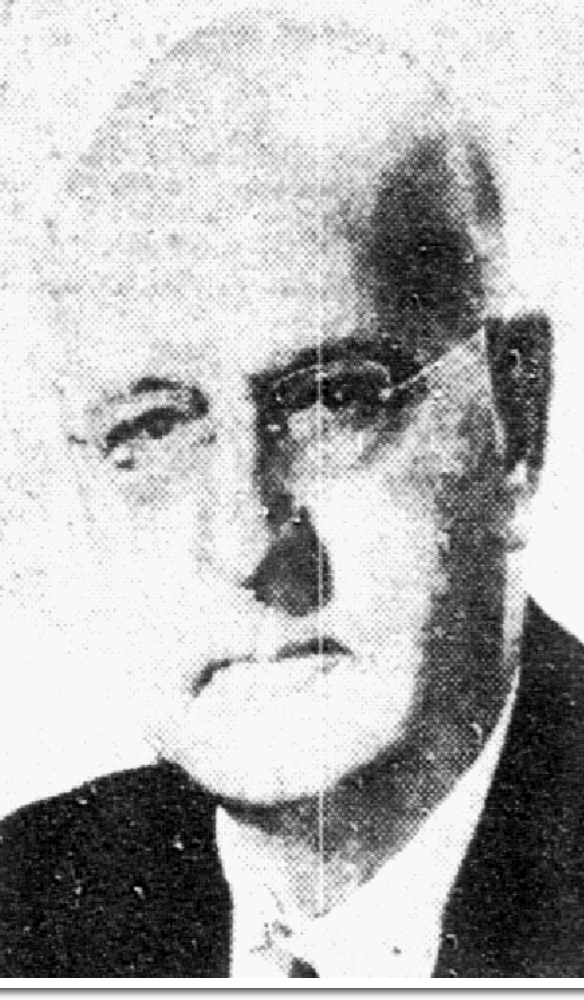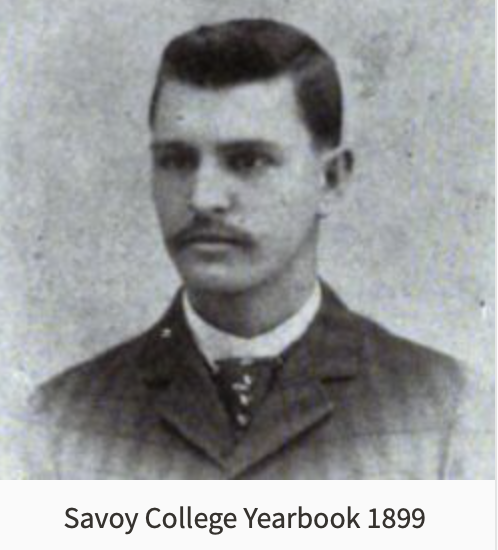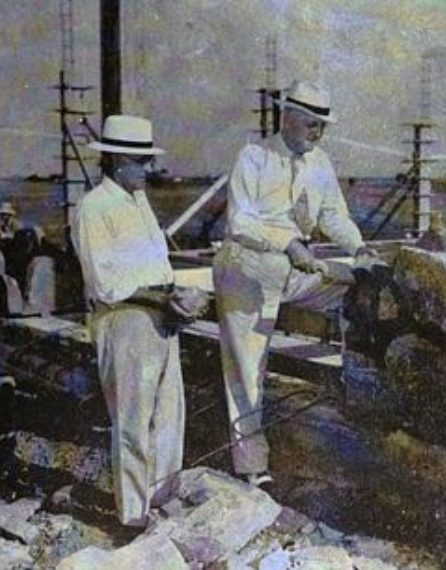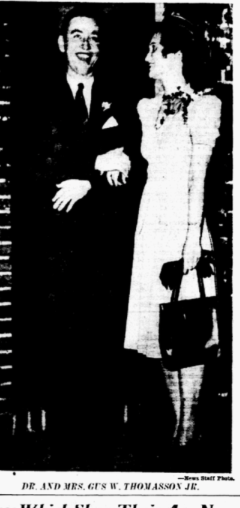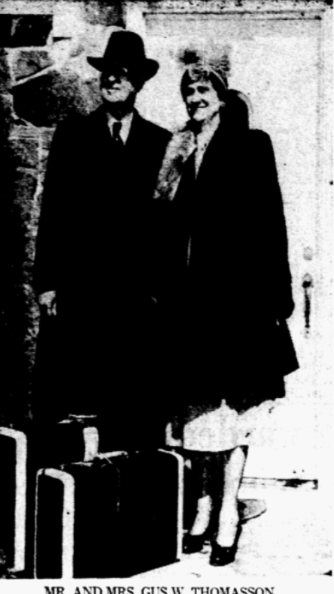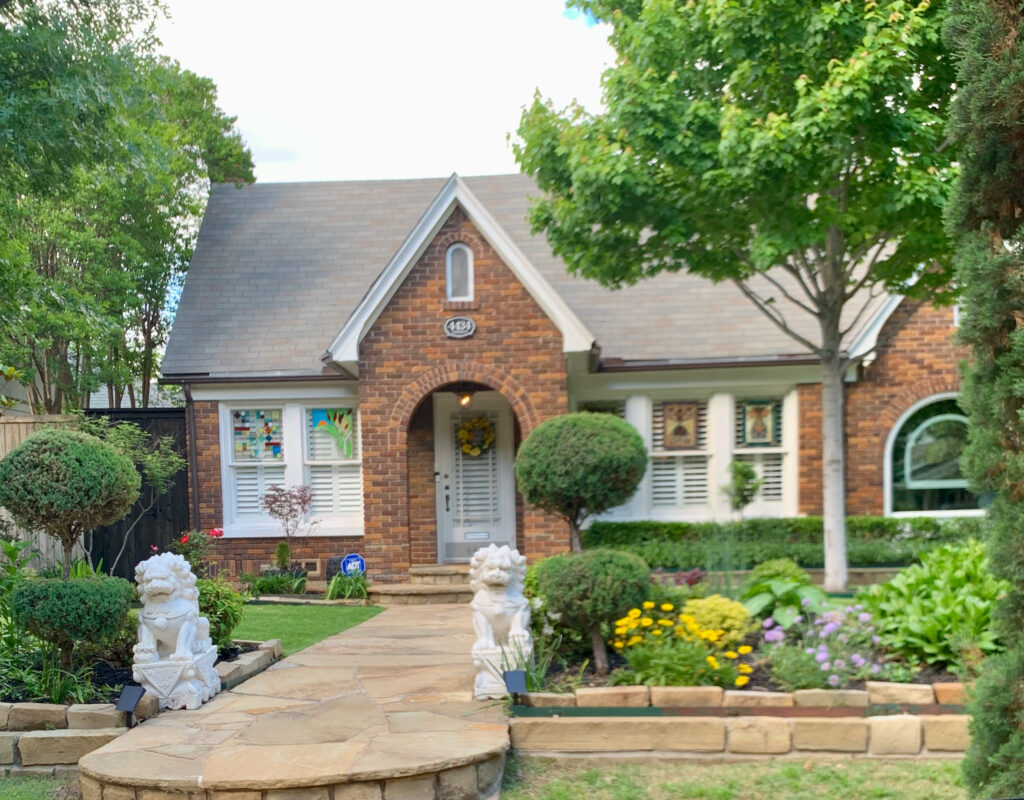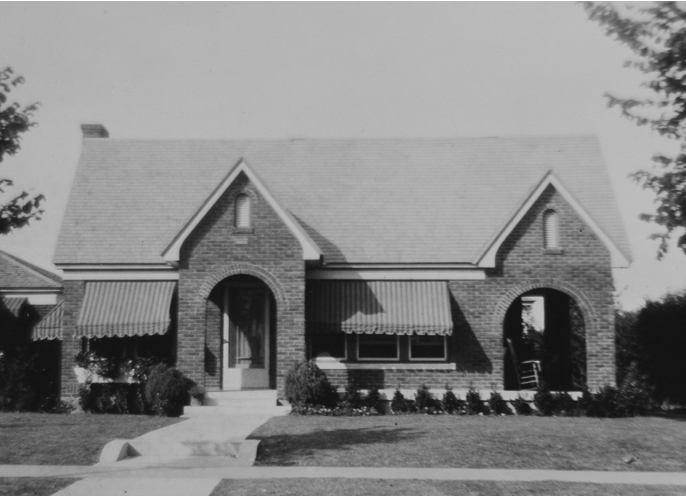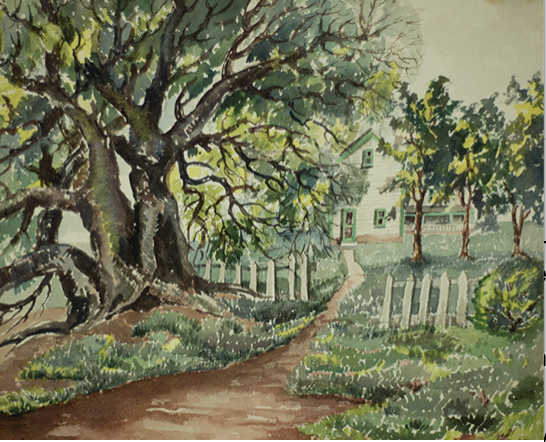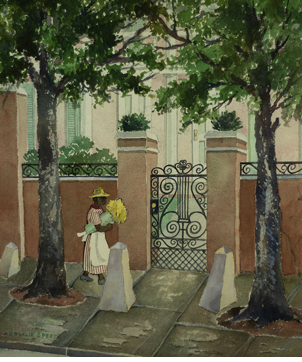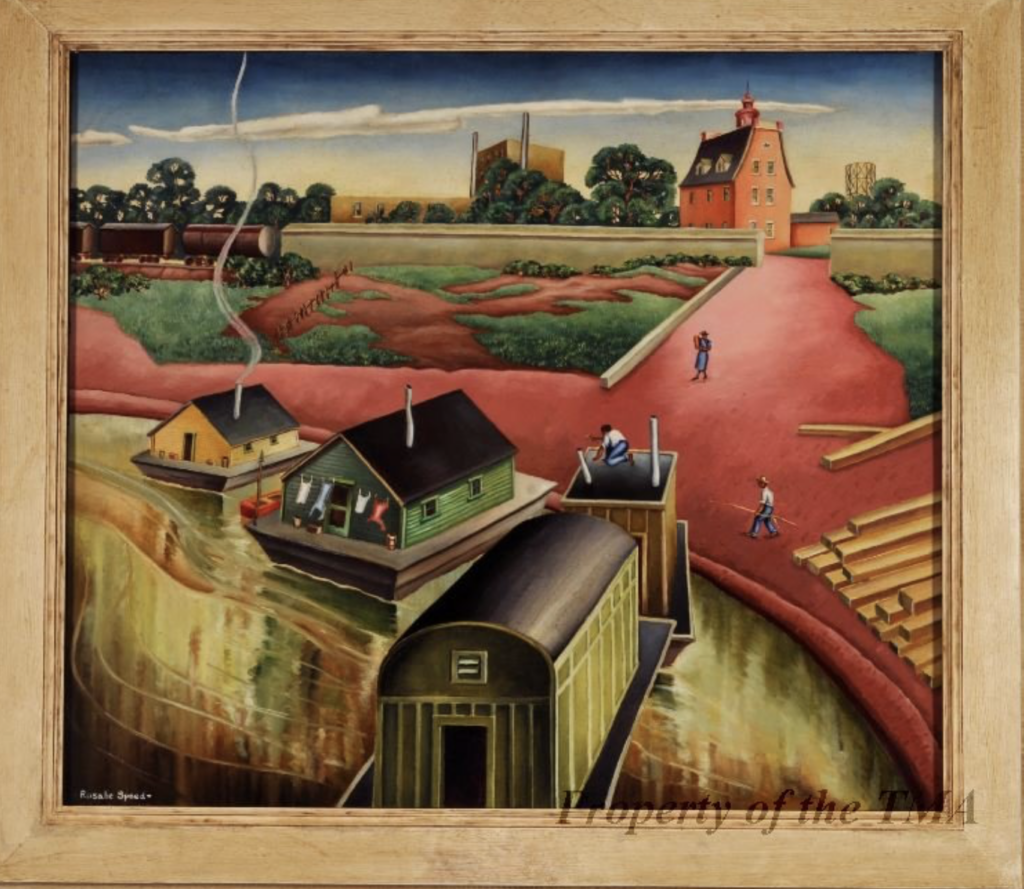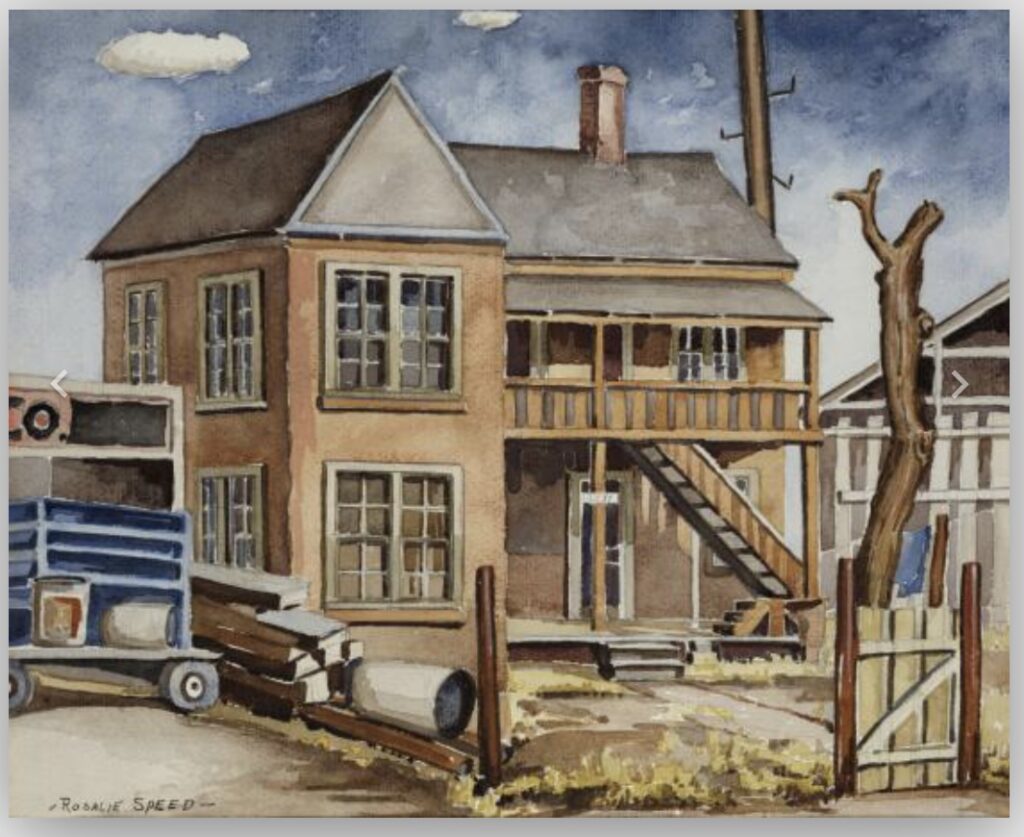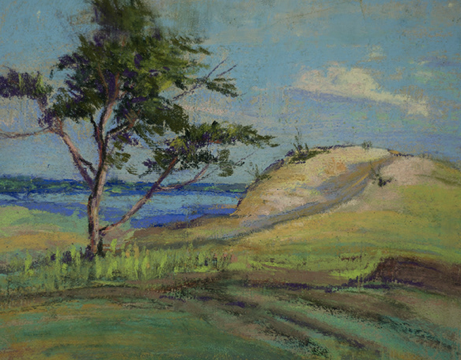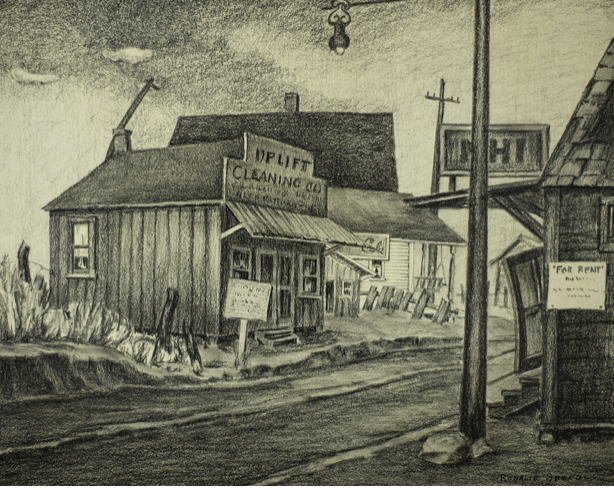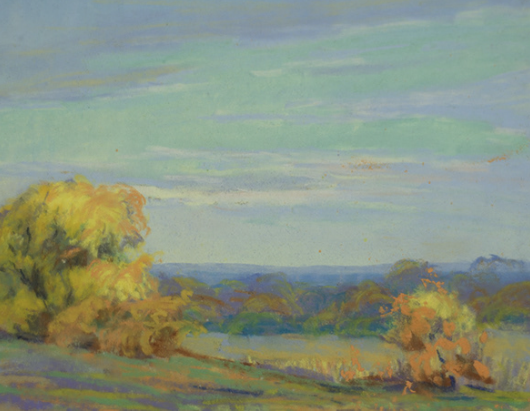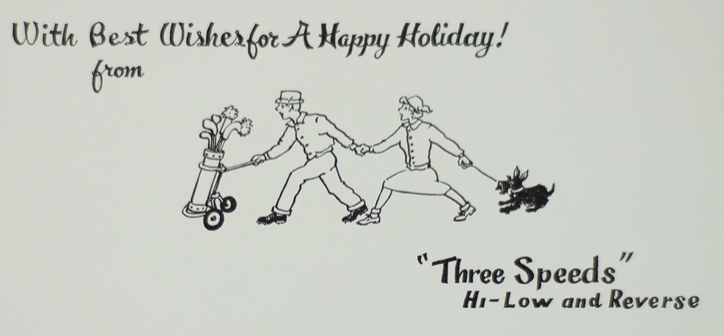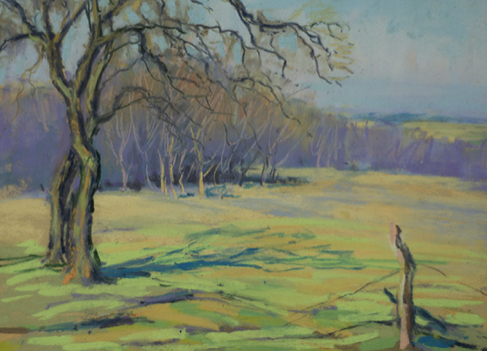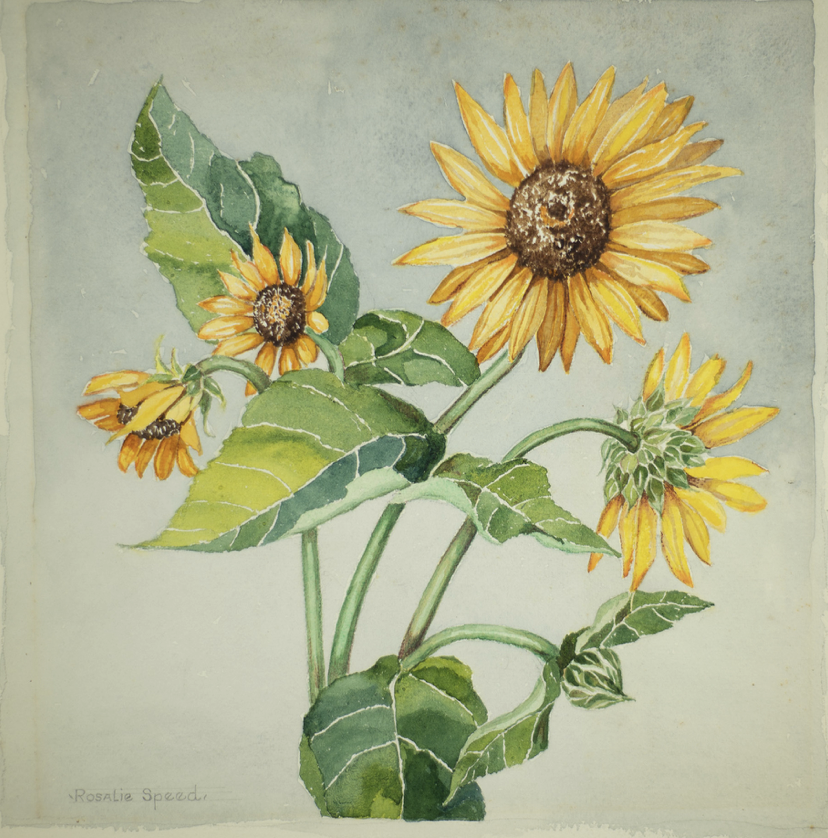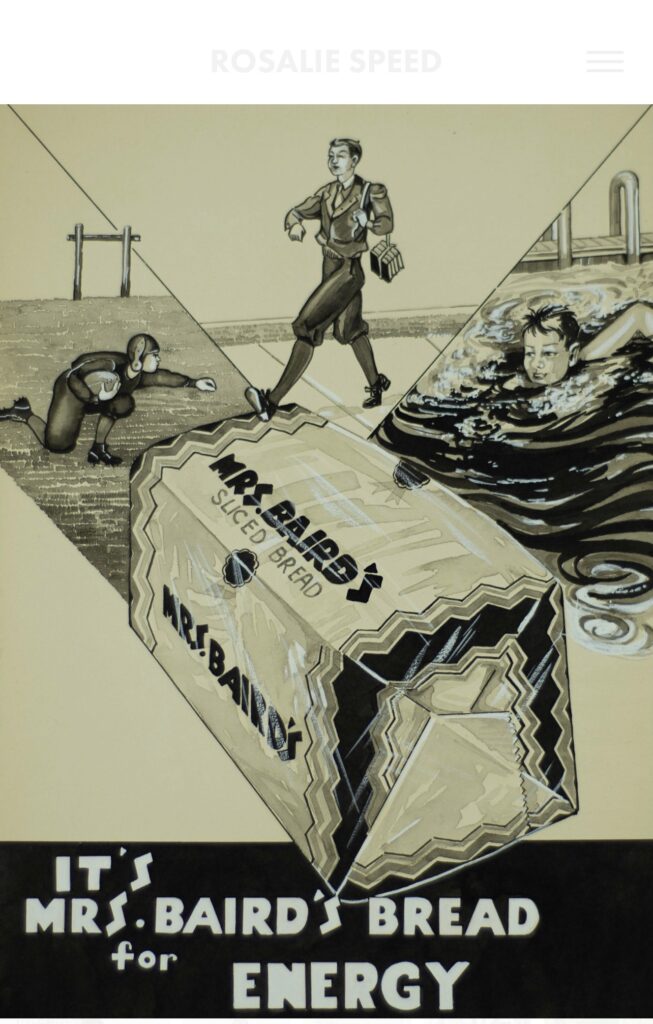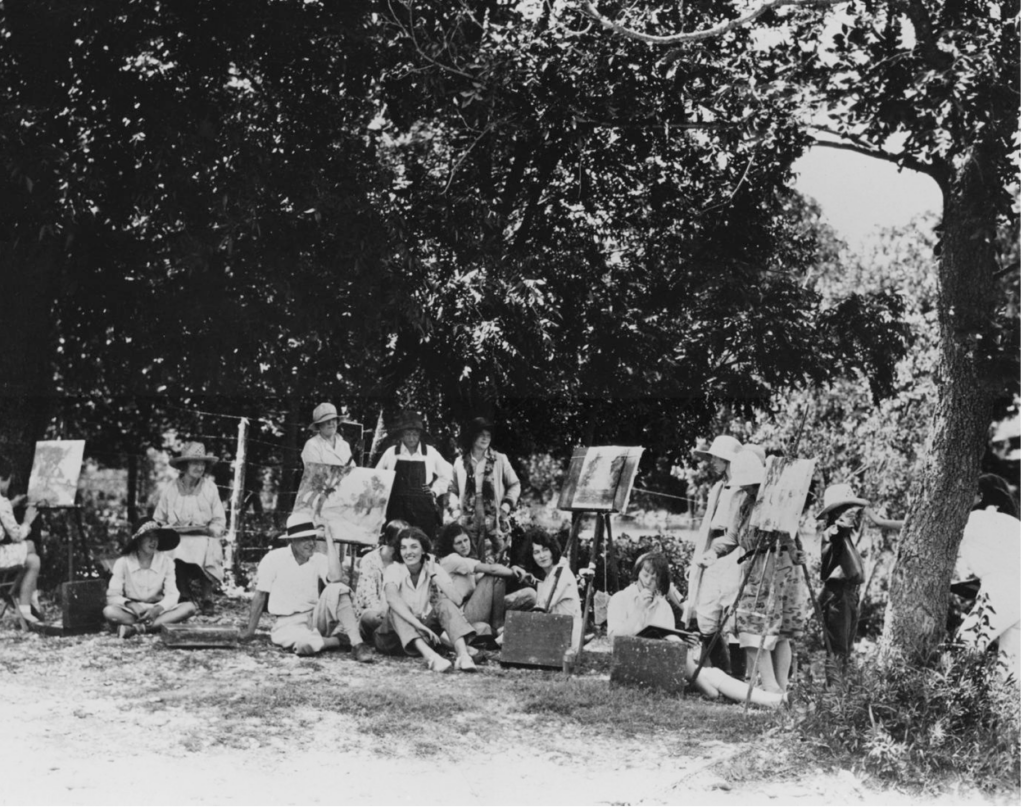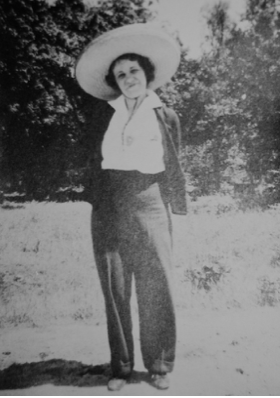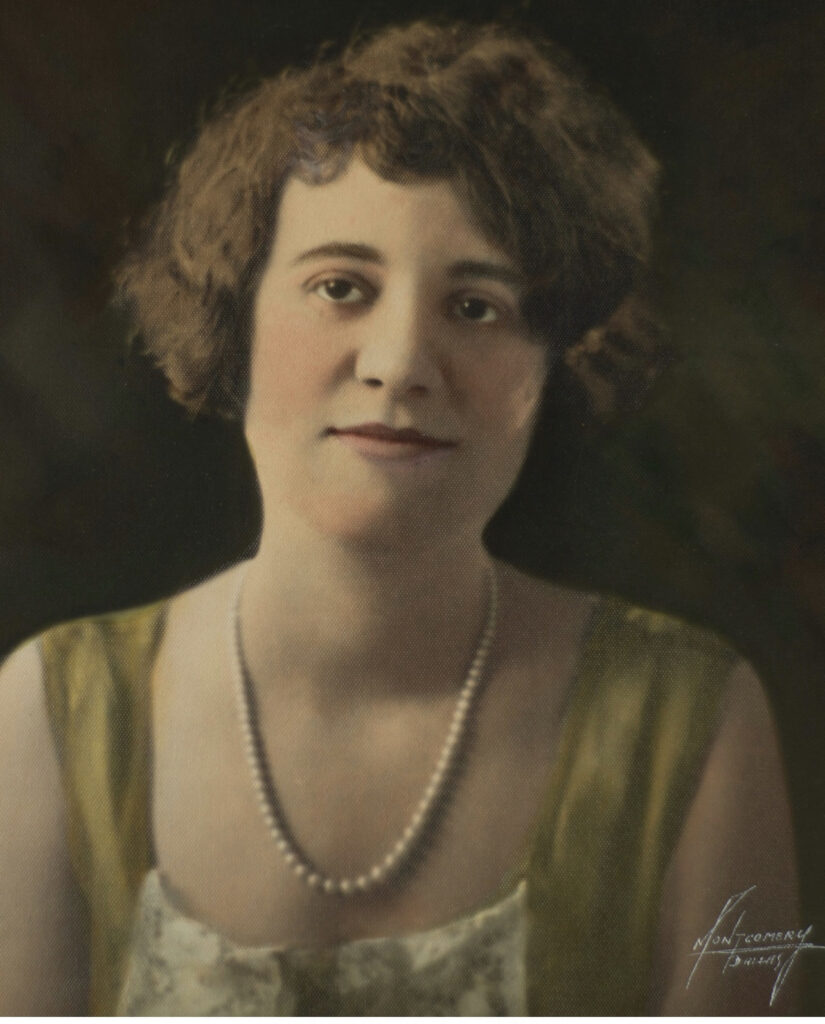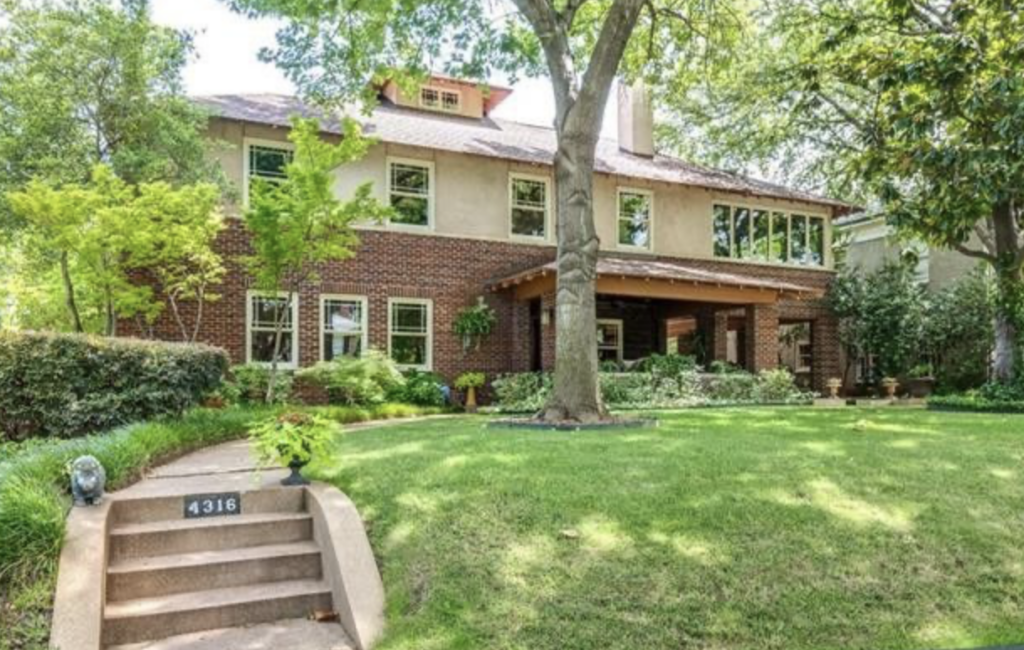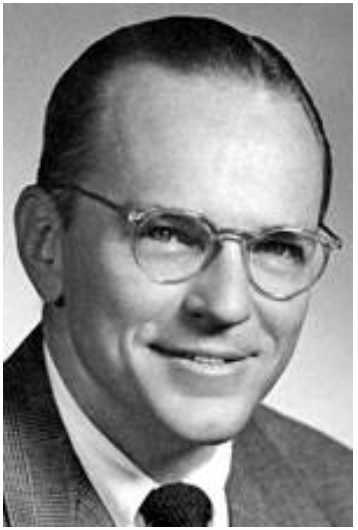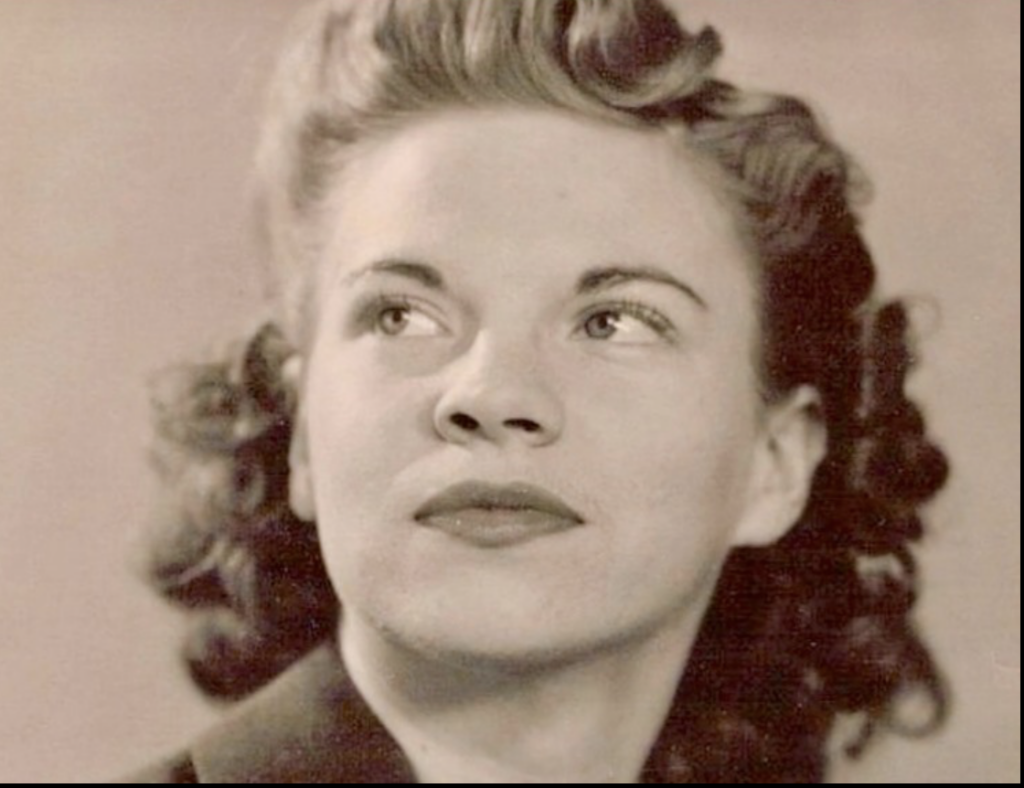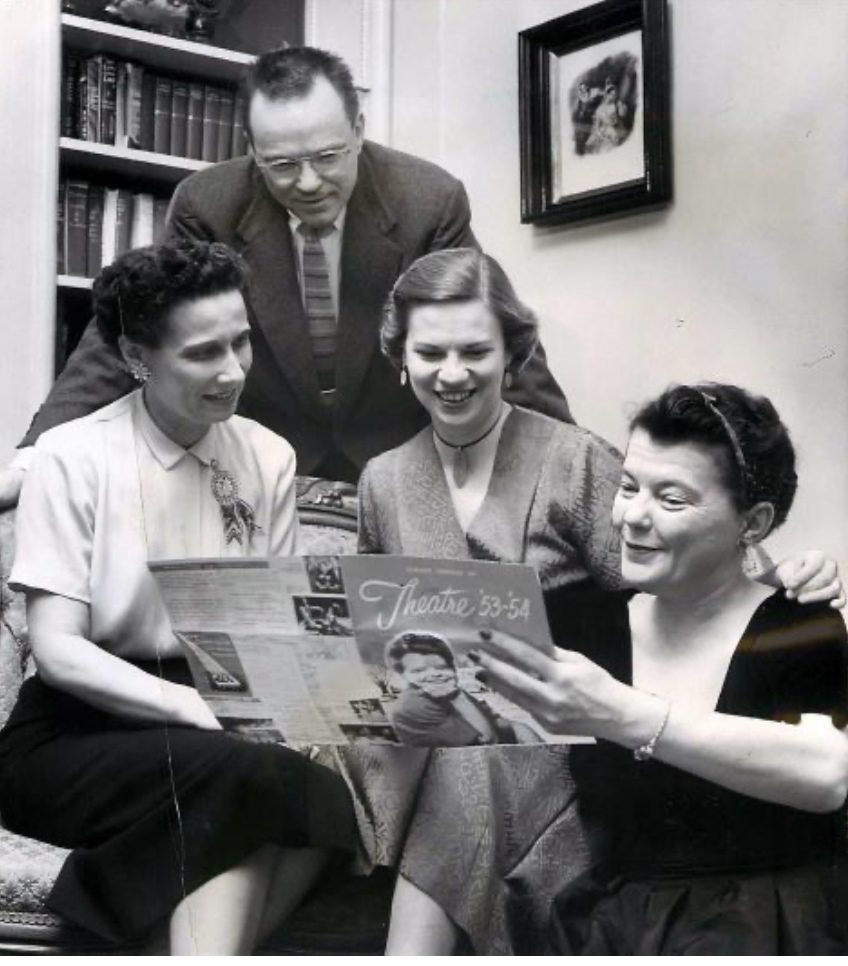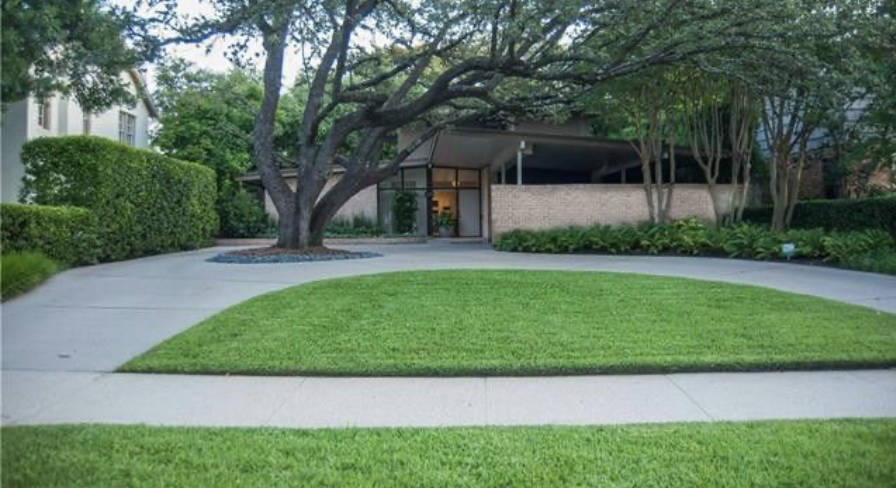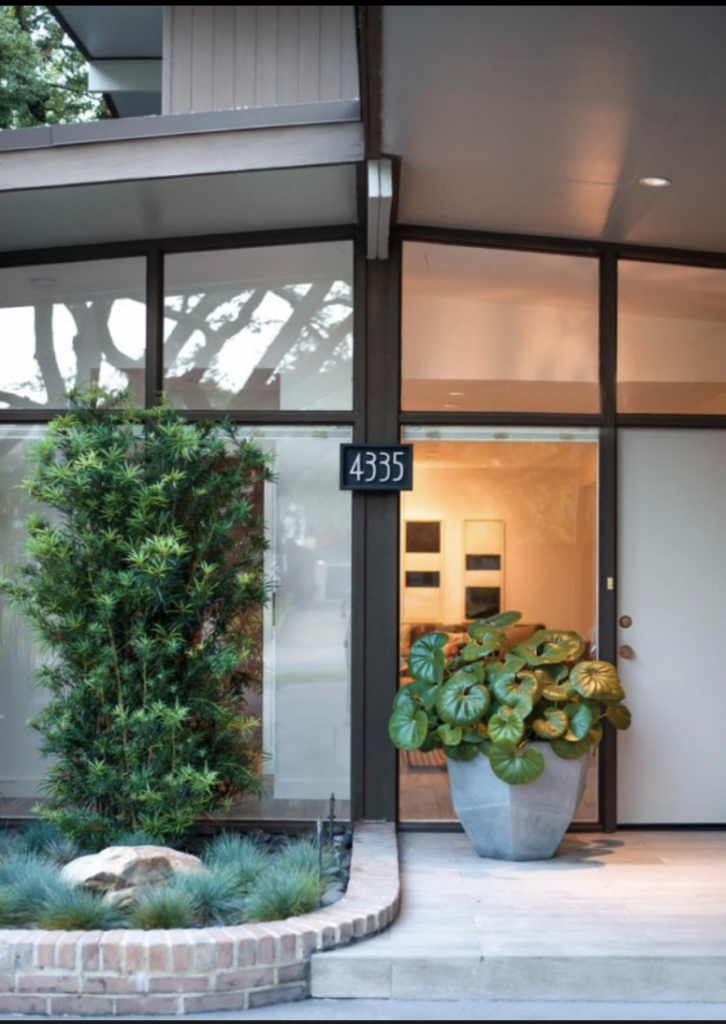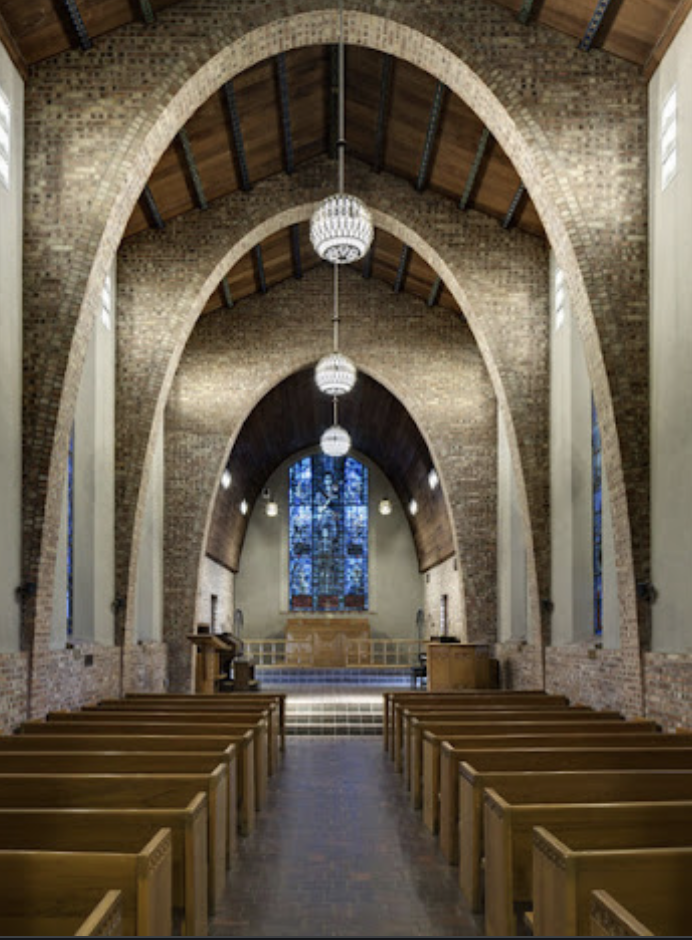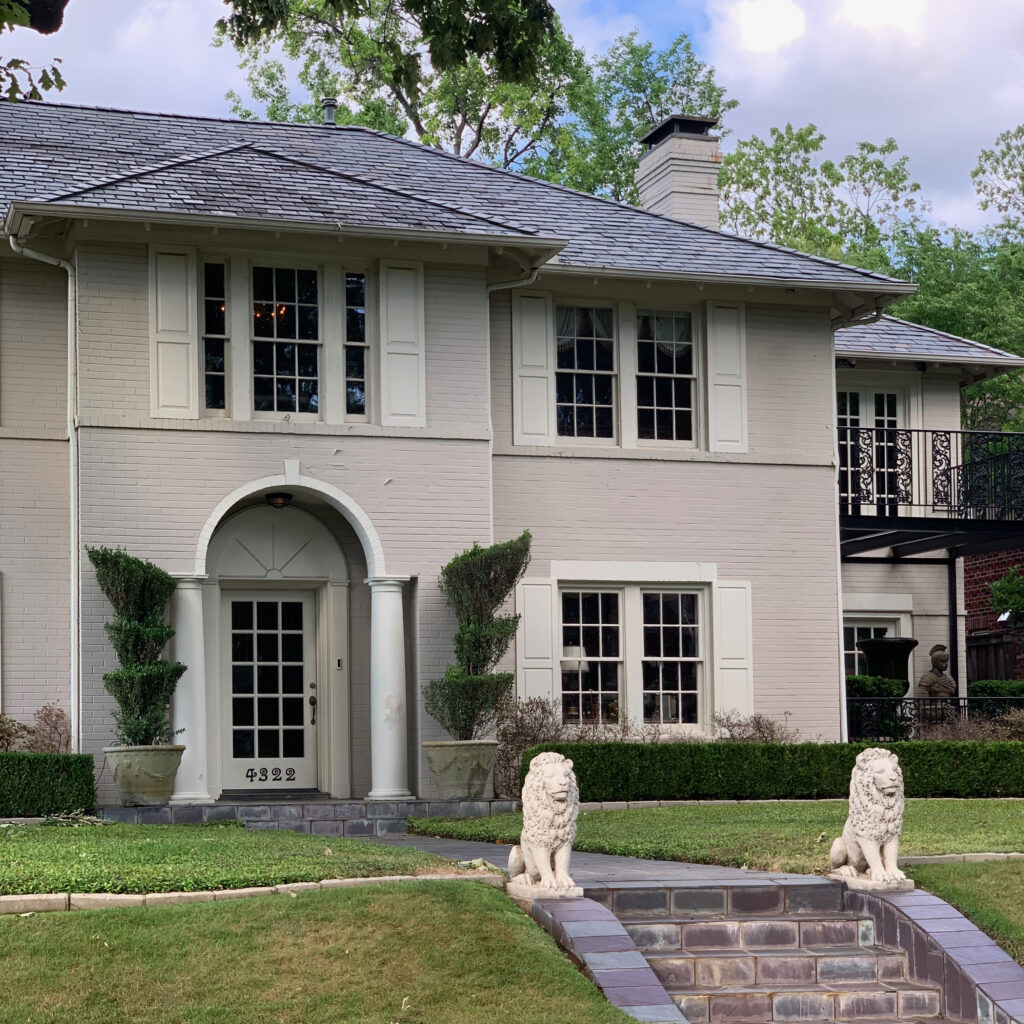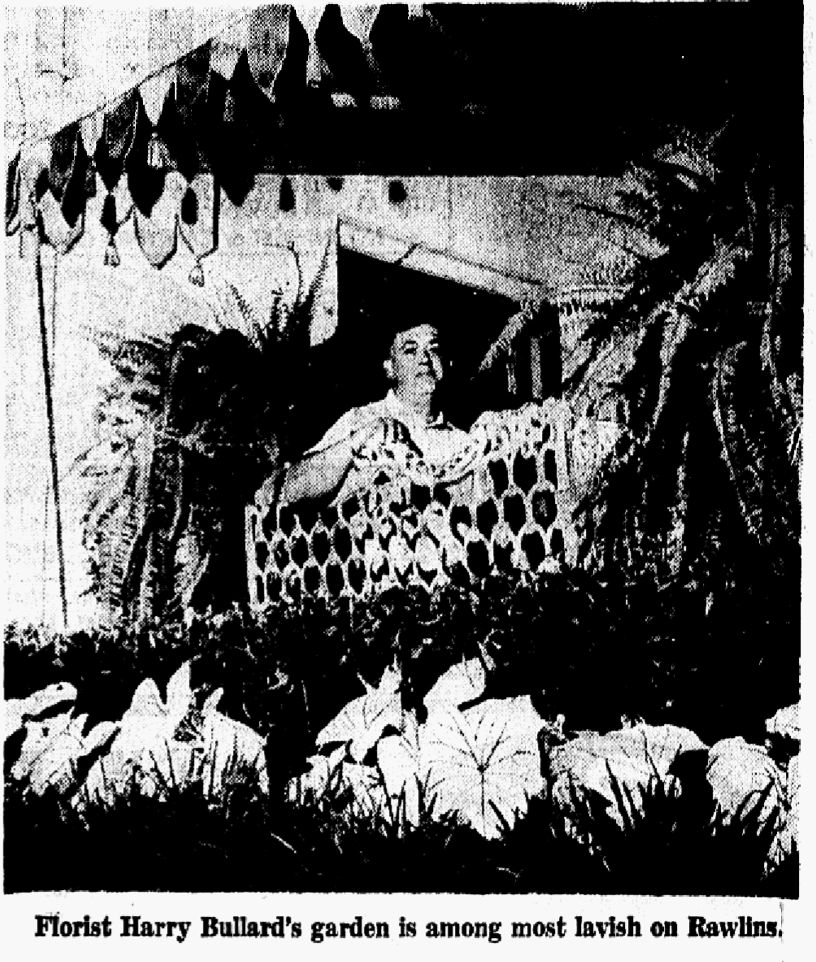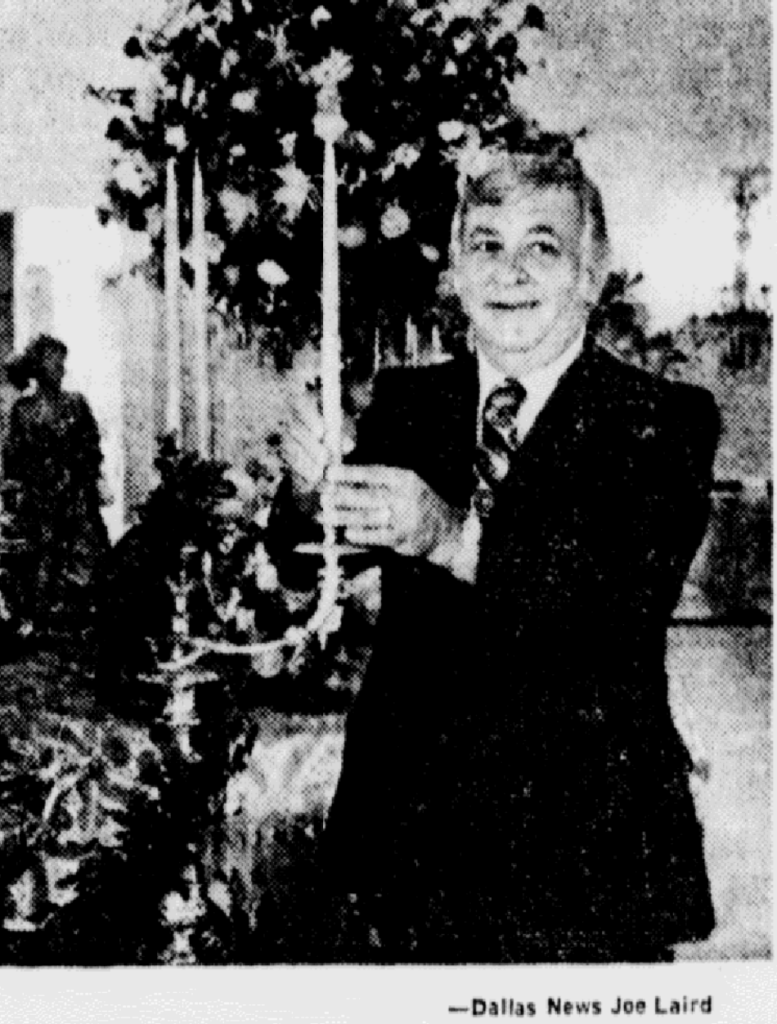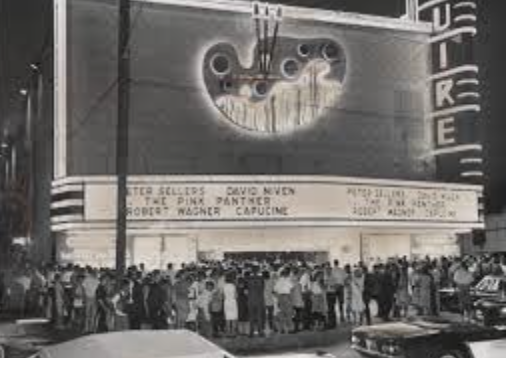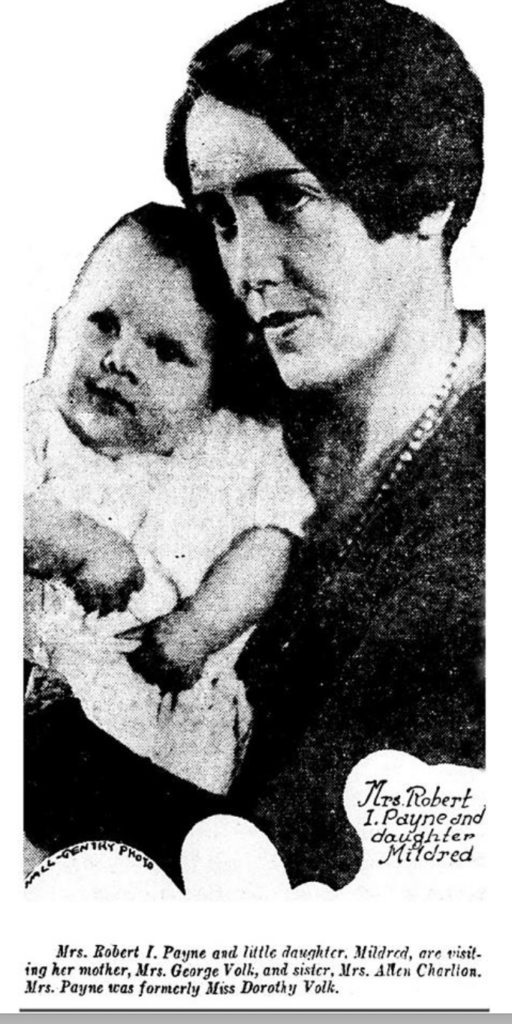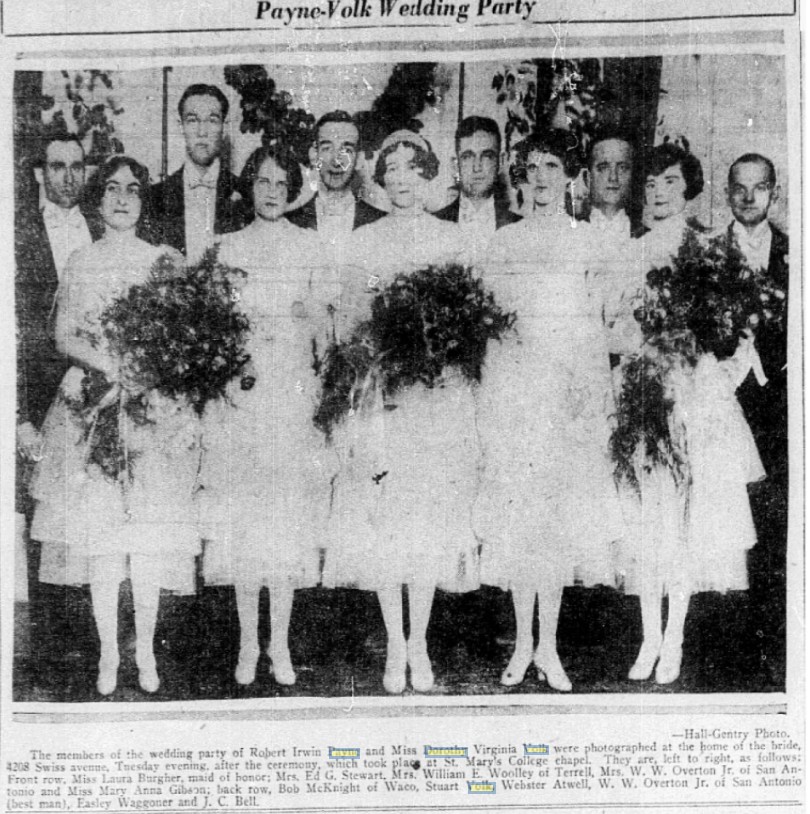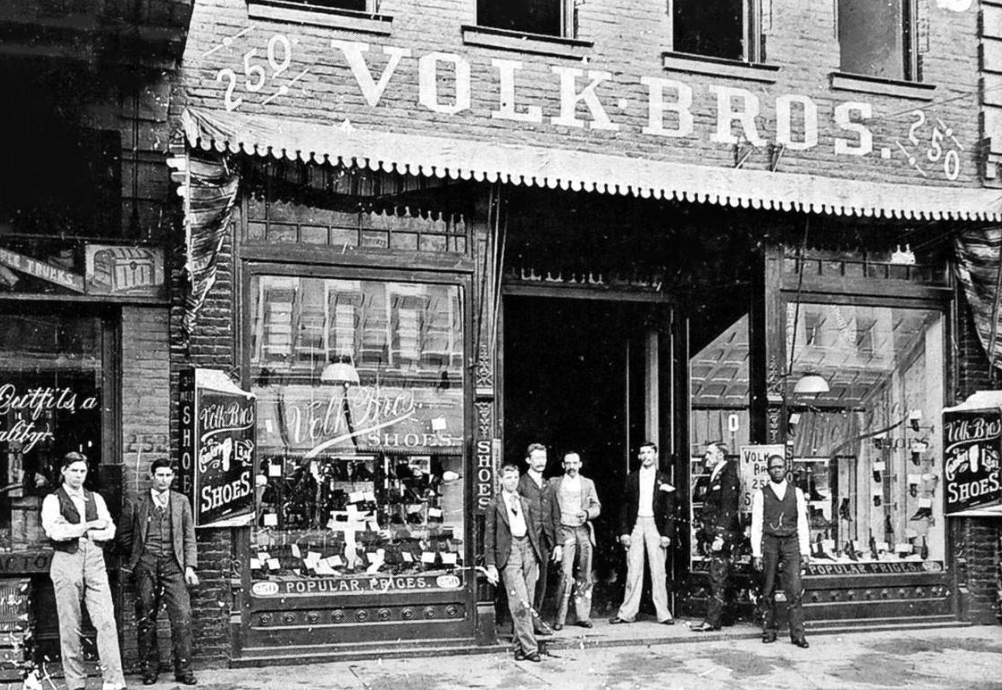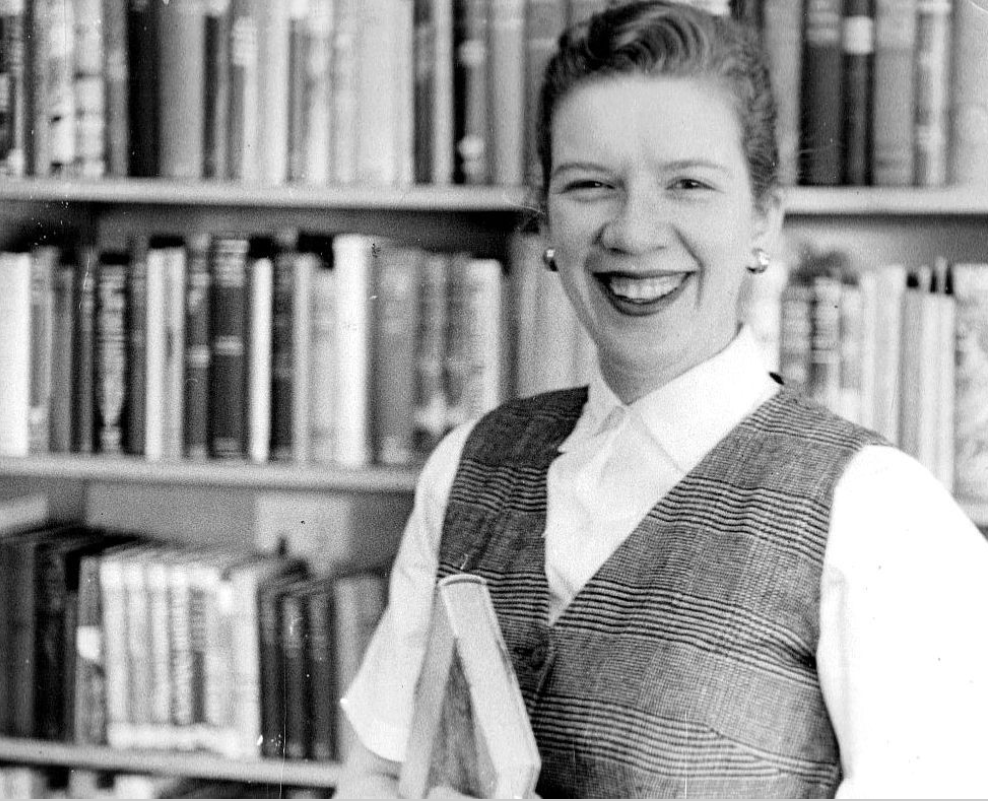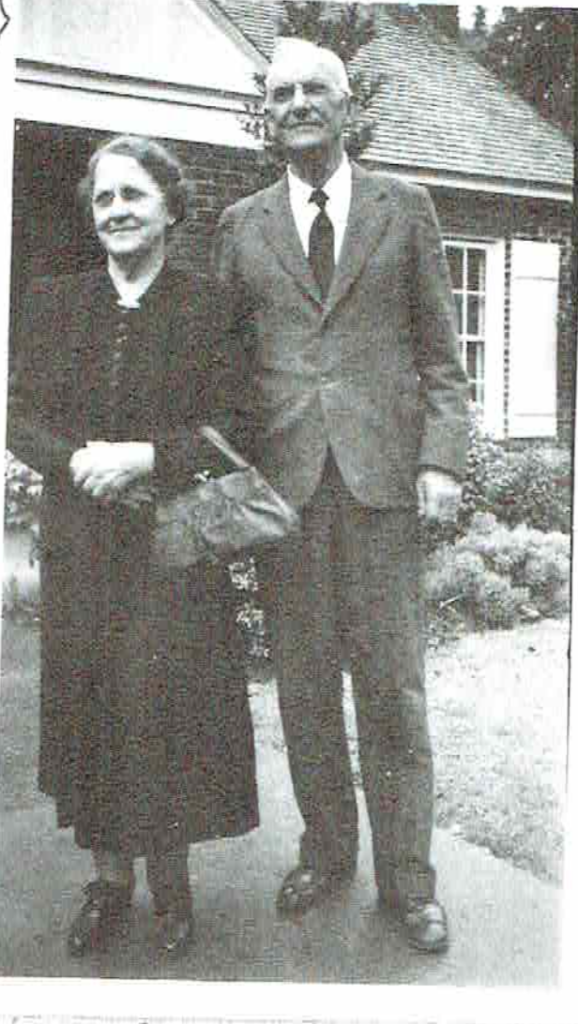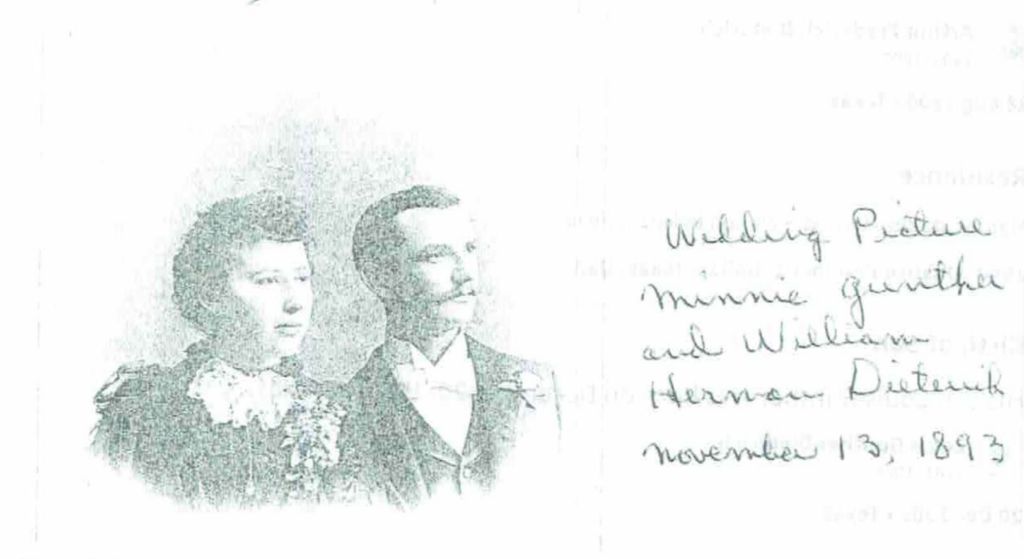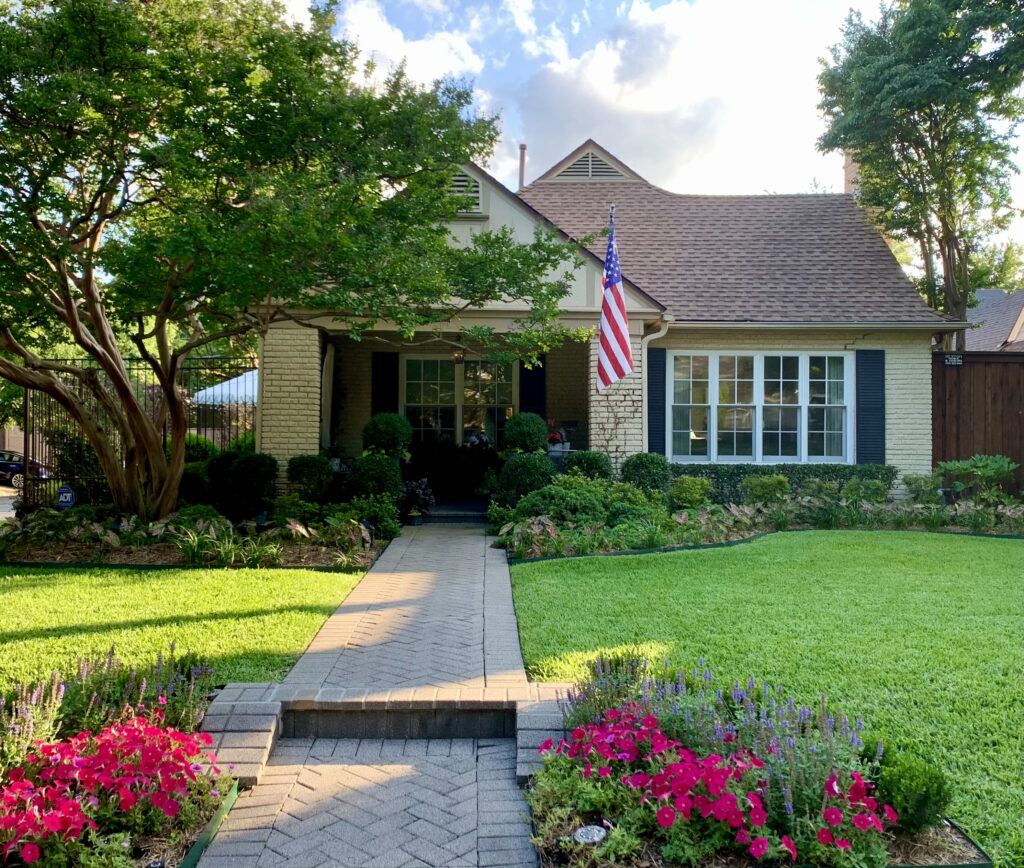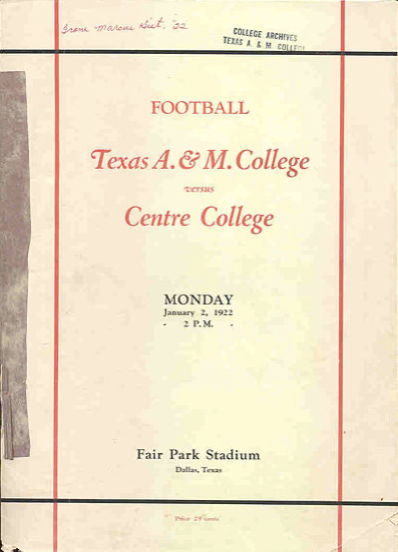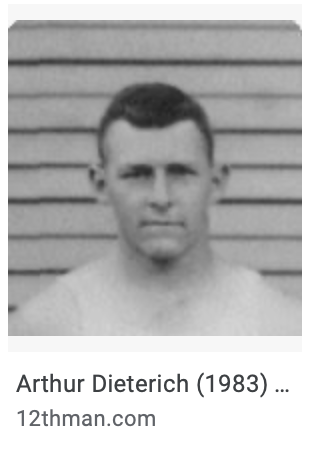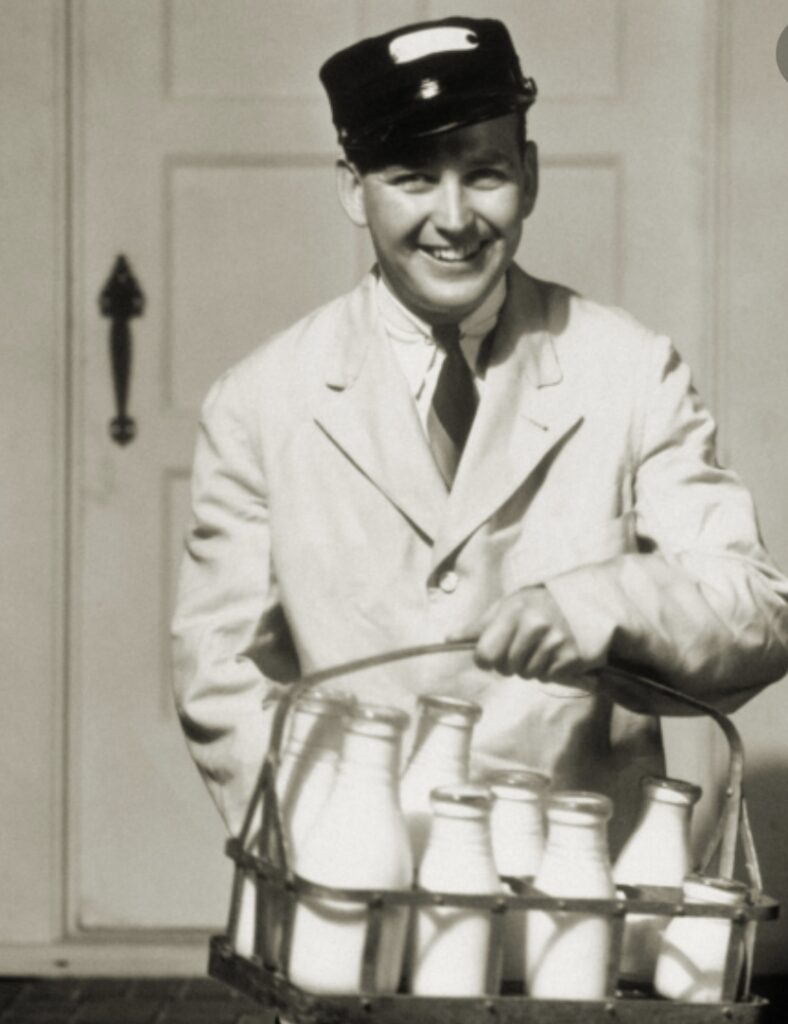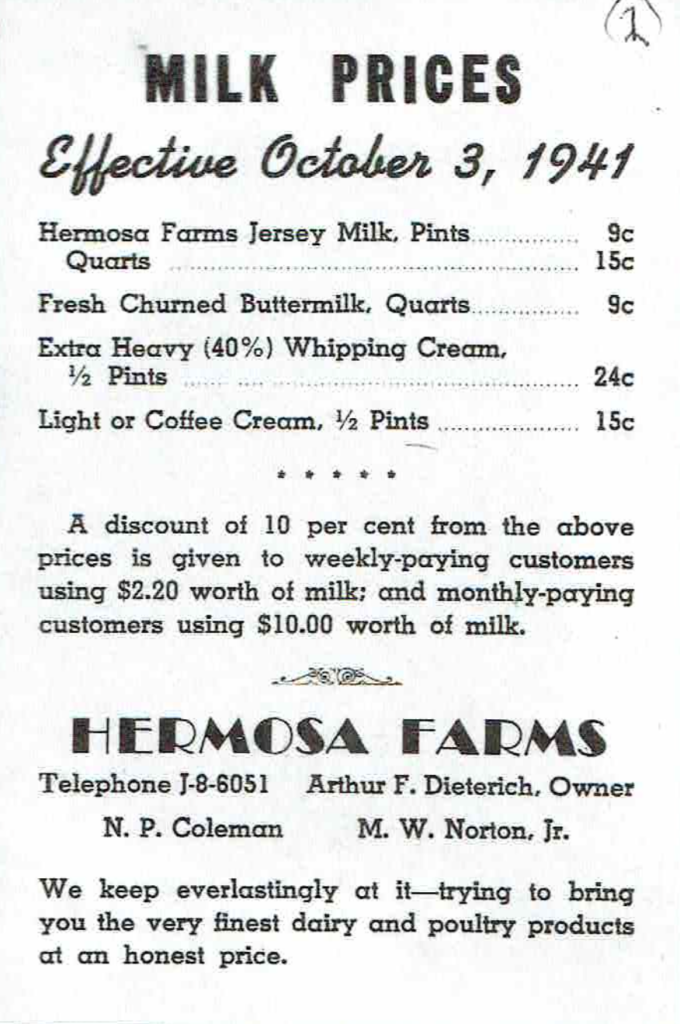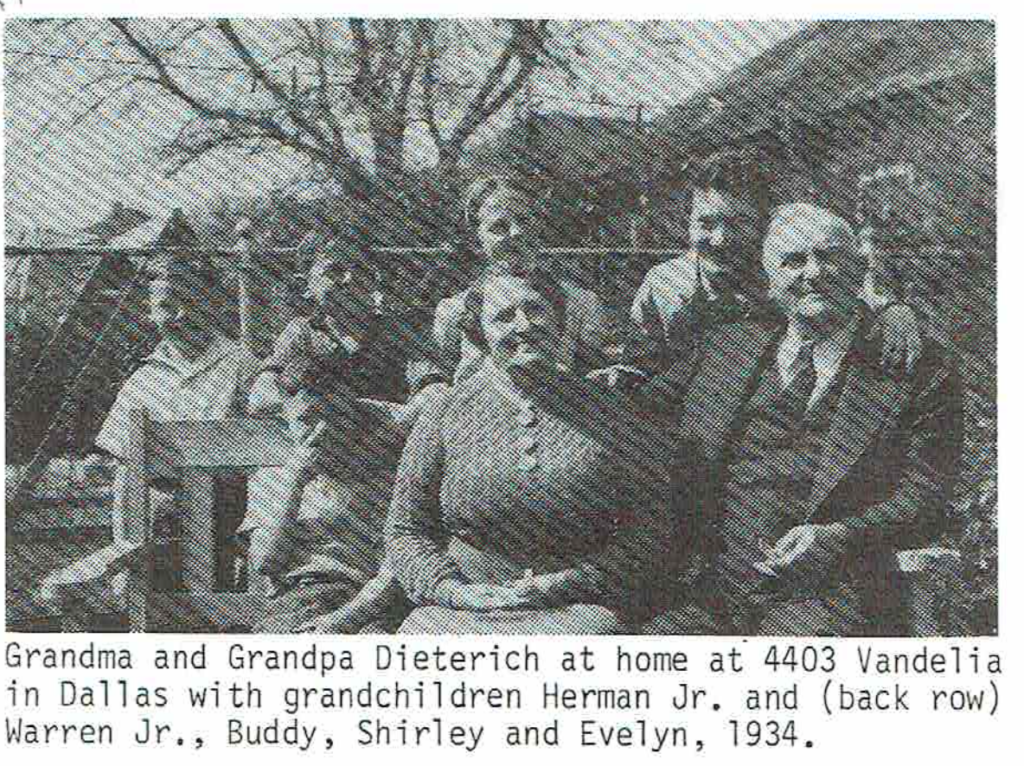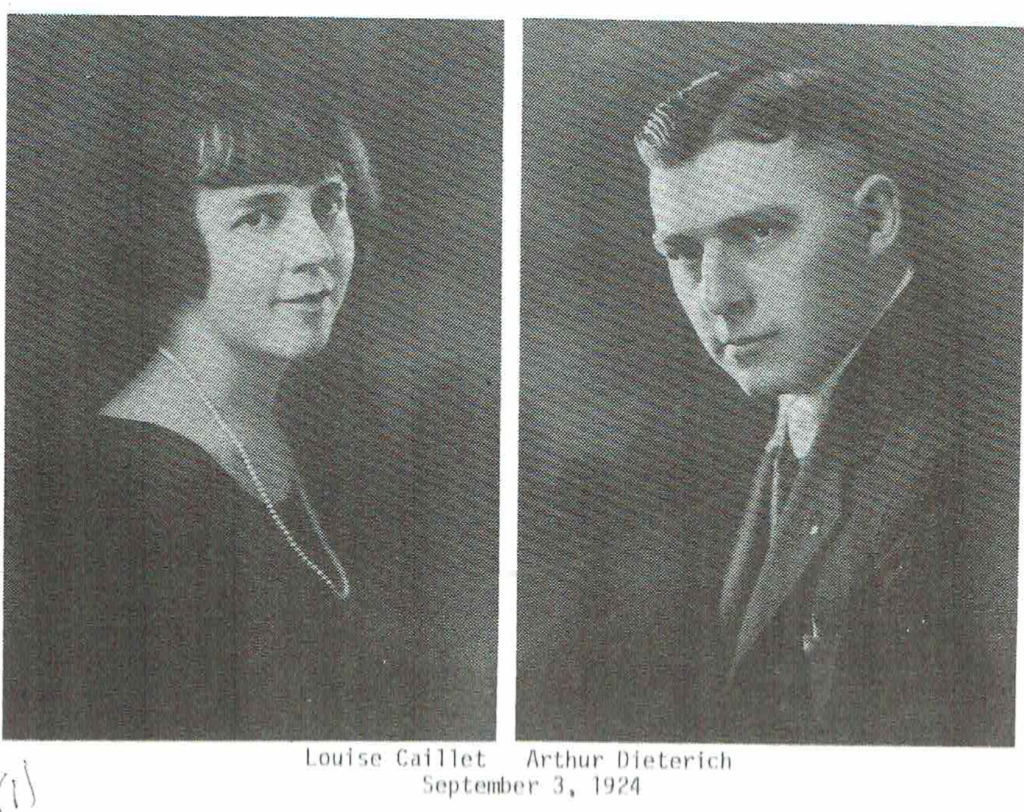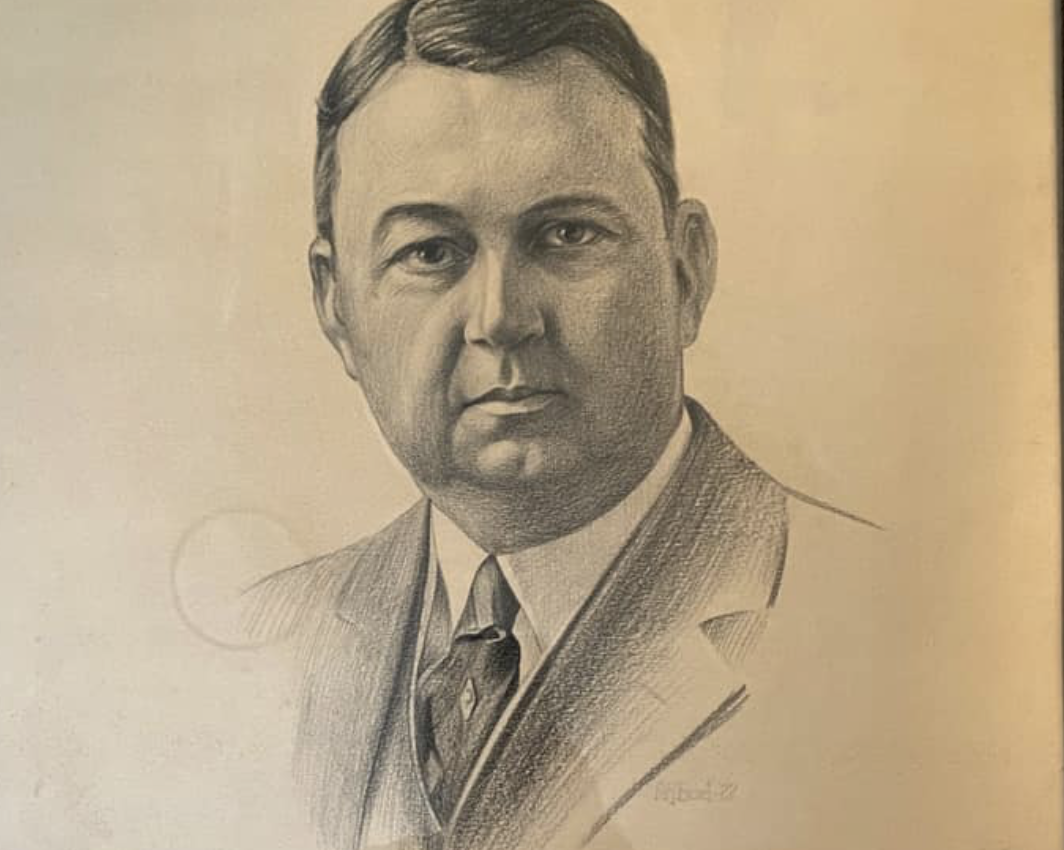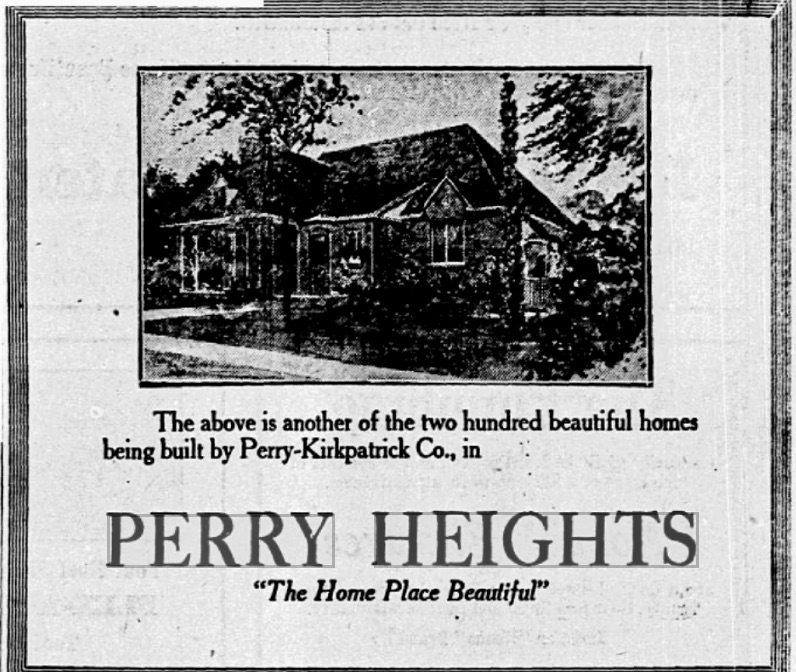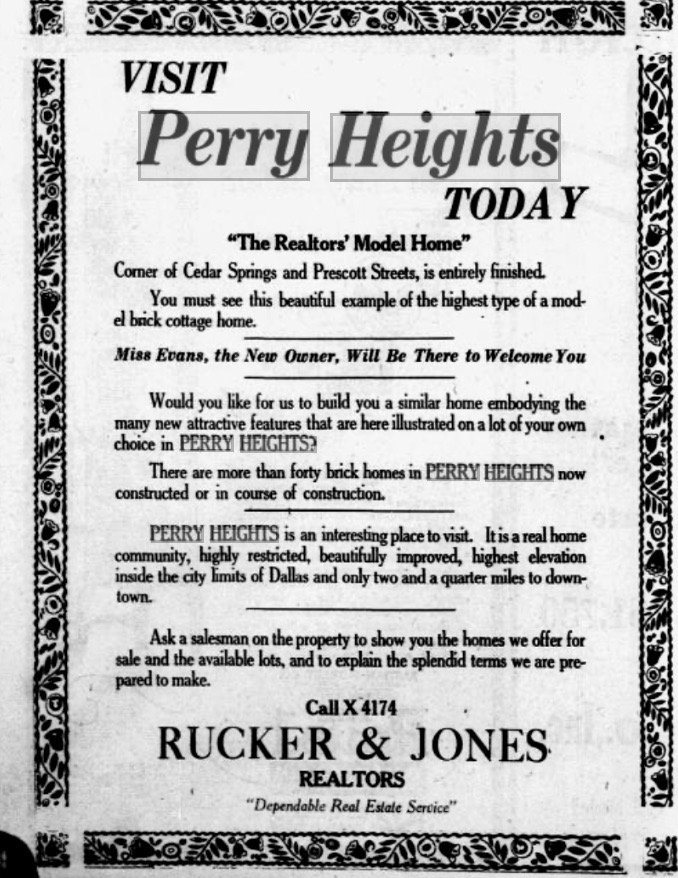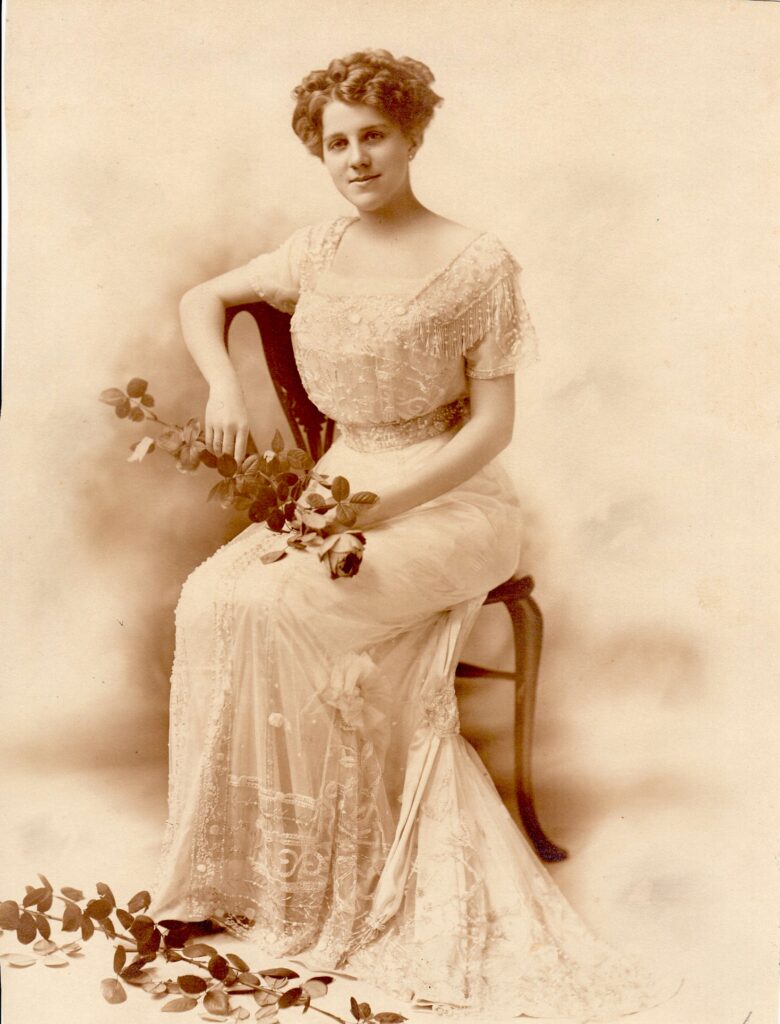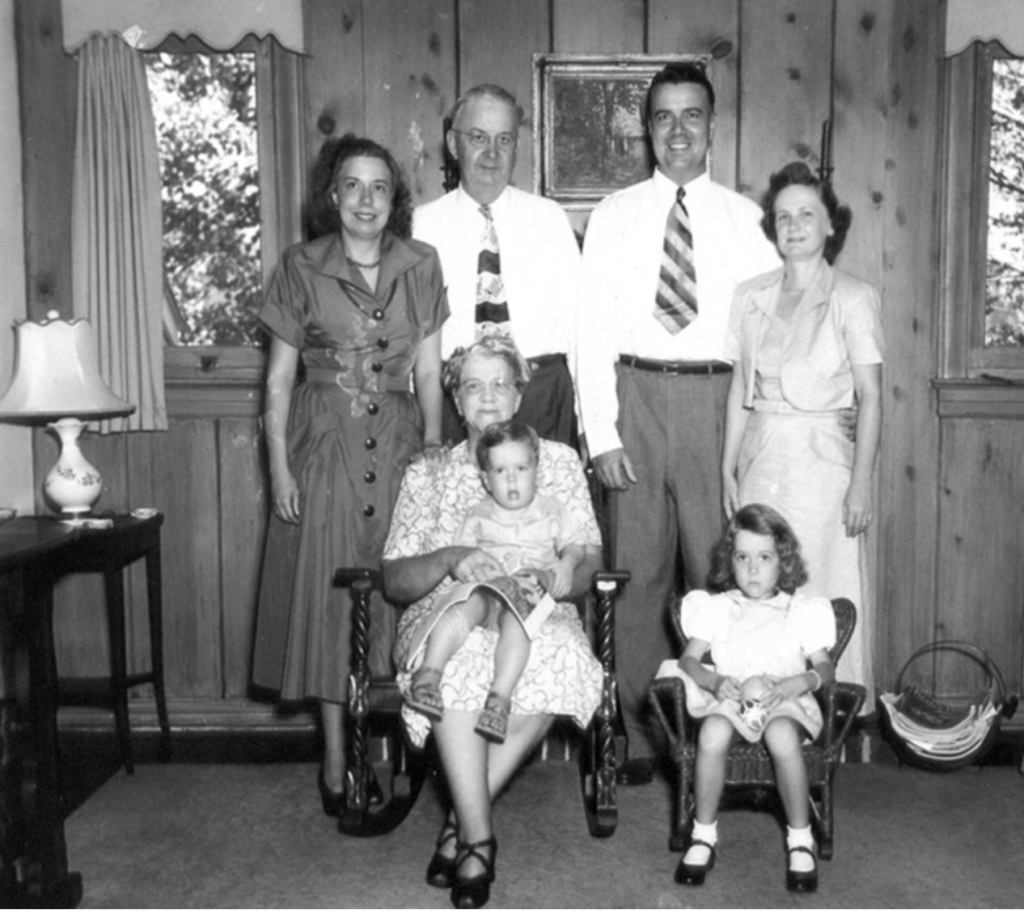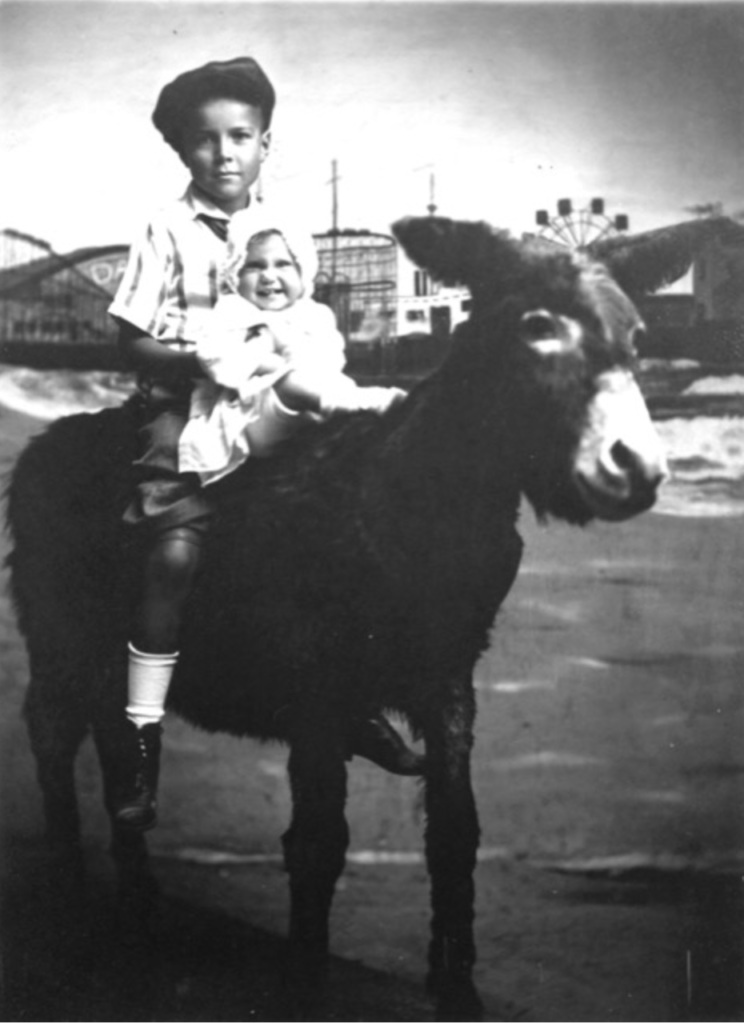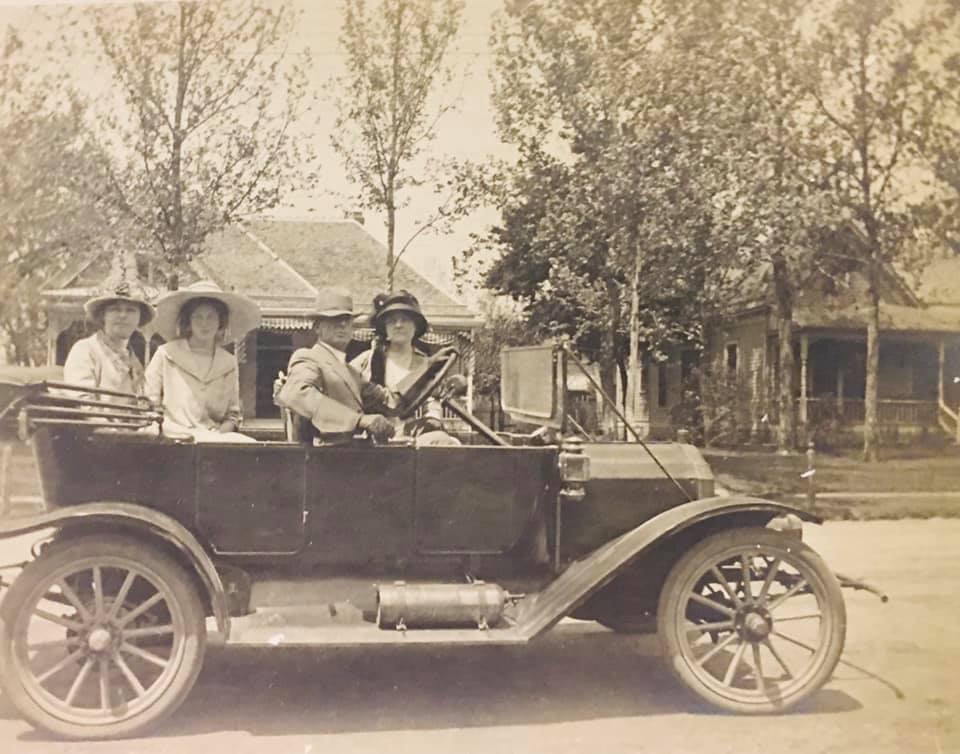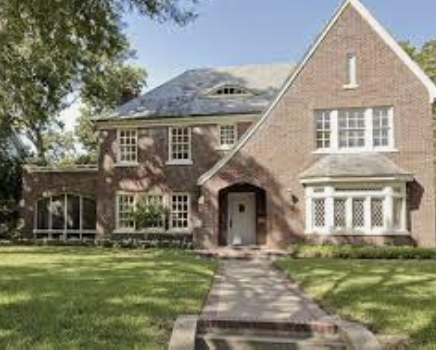
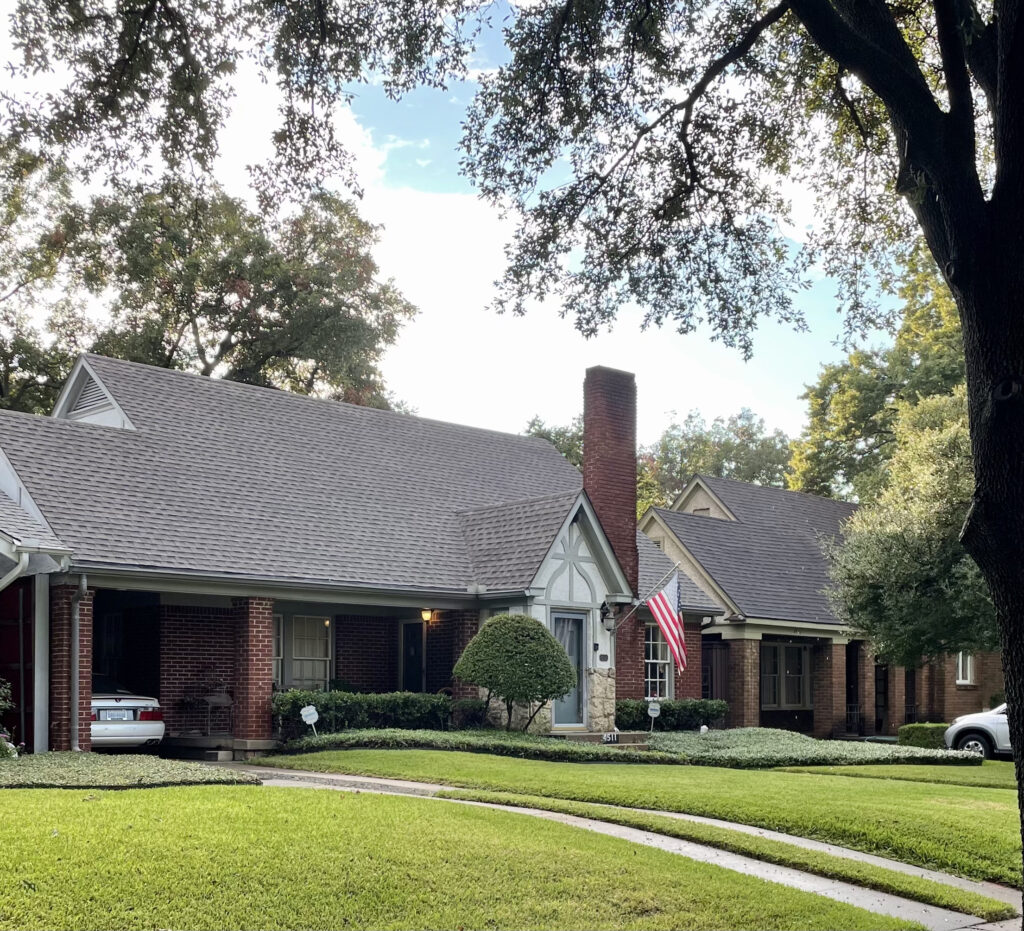
William R Gilliland (Bill) lost his father when he was two. He was raised by his mother along with his younger sister Ann at 4511 N. Hall. He attended SMU where he met his future wife, Patricia. Bill’s father, Roy Chester Gilliland was only 39 when he died.
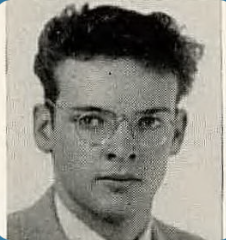
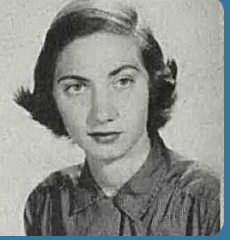
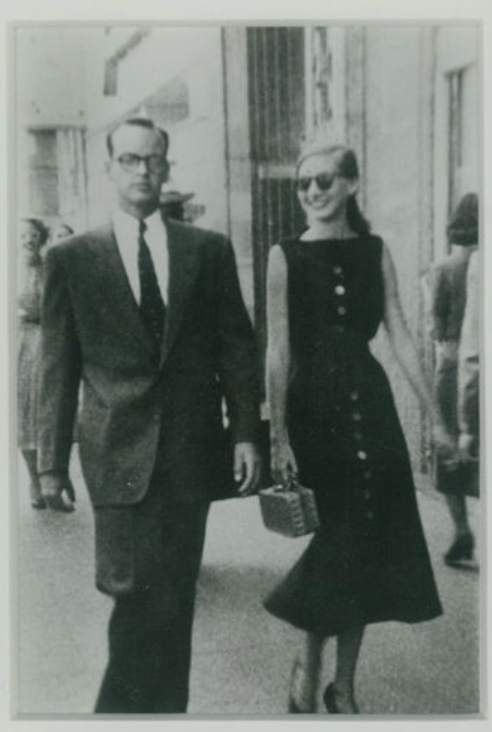
Roy Gilliland was born in 1890 to Mathias and Martha Gilliland, a Texas pioneer family in Grayson County, Texas, along with two other brothers and two sisters. The family had acquired acres of land for cotton, on which they discovered a huge oil reserve in the early 1900s. The eldest brother, J. W. started a family oil company named Gilliland Oil in the 1920s and ran the company for the family in the ups and downs of the oil industry, finally moving the business to Dallas in 1934, eventually merging it into General American Oil. He continued as the president, officing on the 14th floor of the Republic Bank Building in downtown Dallas. The new company acquired several more reserves, eventually holding over 400 wells. This was due in large part to the efforts of their accountant, Algur Meadows, who eventually took over and ran the business after J.W. retired.
After being in the family oil business in the 1920s and having their brother J.W. run the oil company, the other two brothers, Roy and J. B., decided to start another business in Dallas. They opened Royal Blue Laundry at 3826 Cedar Springs, next to the fire station that still exists today. It was shortly after the crash of 1929. They both just started families and needed another family business to support themselves. The unusual Dallas winter of 1930 included a hard freeze in January. This caused a pipe in the laundry’s boiler to freeze. The boiler exploded sending metal everywhere, killing both brothers and injuring an employee.
Roy had just started a family with his wife, Ruth Rowena Lucas, the youngest daughter of the original Lucas settlers of the town of Cedar Springs. Her great Uncle John Cole was the first doctor in the area in 1843 and Cole Street is named after him. In 1916 Roy and Ruth married in the Oak Lawn Methodist Church that still sits on the corner of Cedar Springs Rd. and Oak Lawn Ave. They had their first child, Bill in 1927, followed by Ann in 1929. Just after Roy’s death, Ruth moved into 4511 N. Hall Street to raise her children and remained there until her death in 1980.
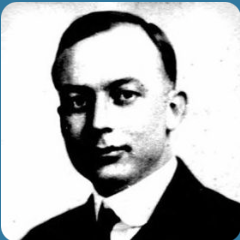
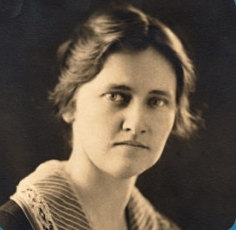
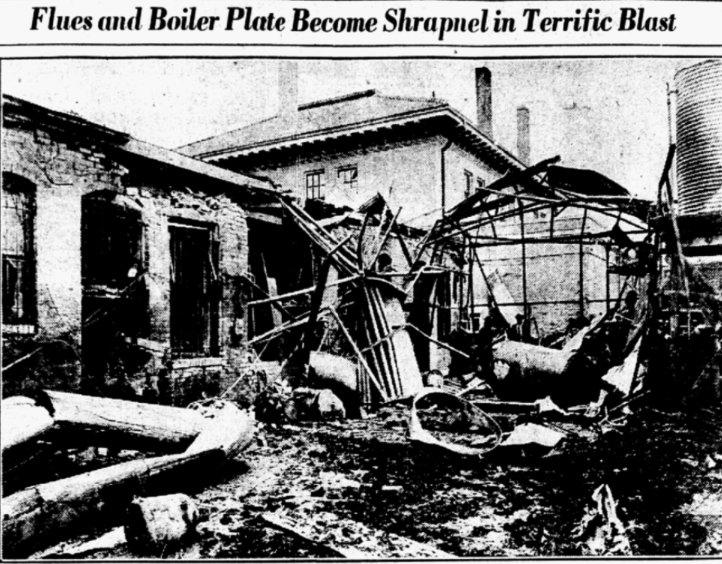
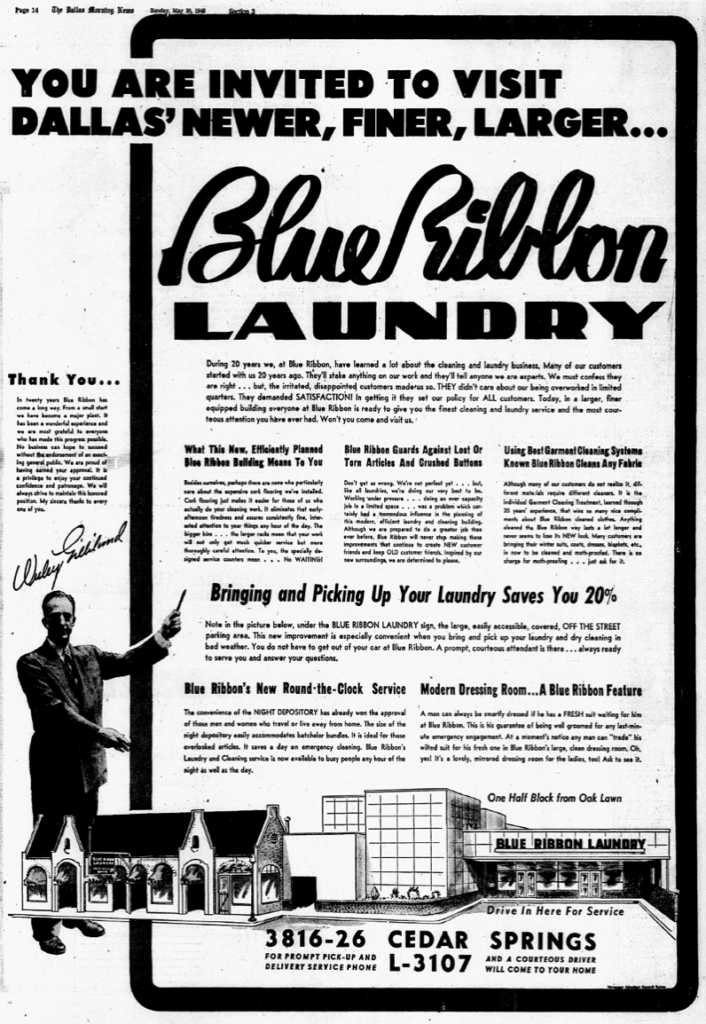
In 1950, at the age of 23, and after graduating from SMU, Bill married Patricia Ann. The following year, they drove his black Cadillac convertible to Mexico for their honeymoon where by chance they met a drummer from the Buddy Holly band and spent several evenings at the front table of nightclubs in Mexico City listening to the band. Soon after they started a family and moved to 4411 Rawlins St. in Perry Heights.
Bill and his Uncle Ralph purchased a bookstore in 1955 from Liz Ann McMurray. It was a Dallas institution that had been in business since 1938. Dallas was in the middle of the golden age of books and had some of the best booksellers in the country. Even Stanley Marcus considered adding book sales to his Nieman Marcus stores. Bill became the manager of the store at 1411 Commerce after they hired Arch Swank, a future resident of Rawlins St., to remodel the store and expand it. Bill eventually sold the store to Double Day in 1961, staying on as manager. He continued the popular Dallas Book & Author luncheons and Dallas’ recognition of National Library Week. He continued to award a literary prize, the McMurray Prize, for best Texas novels. Bill was known for bringing sleeper novels onto the best seller’s list and was sought after to review new books. He also gave local authors, such as Larry McMurtry and William Goyen, employment while they were in between novels. He opened a second location in North Park mall due to the success of his downtown store. His events with visiting authors were extremely popular.
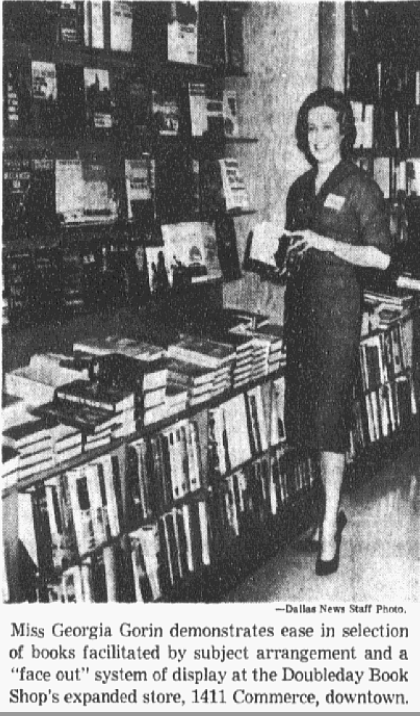
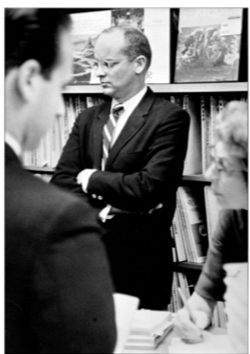
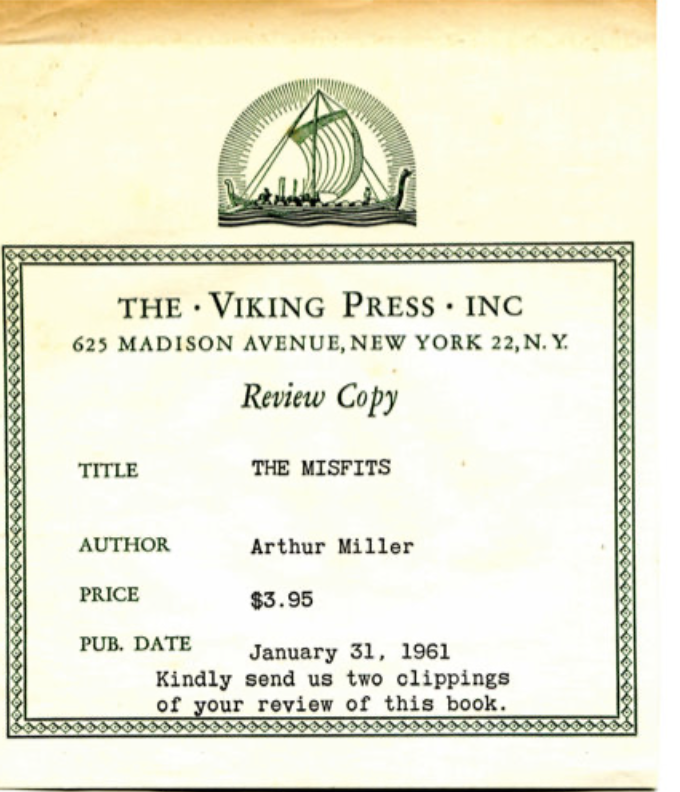

Bill was an avid collector of first edition books. He started another business as a partner and manager of Booked Up, which had a large collection of rare and hard-to-find books. He also had a lifelong love of jazz music and was the President of the Dallas Jazz Club. According to his son, Roy Gilliland, who is named after his paternal grandfather, Bill was called a “scene maker” by those in the press and literature world. He was very well-read and a “beat generation” guy. Bill often referred to himself as the Bookman. He also told lots of bebop jokes.
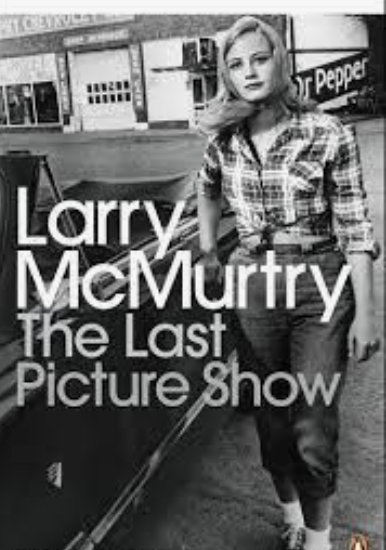
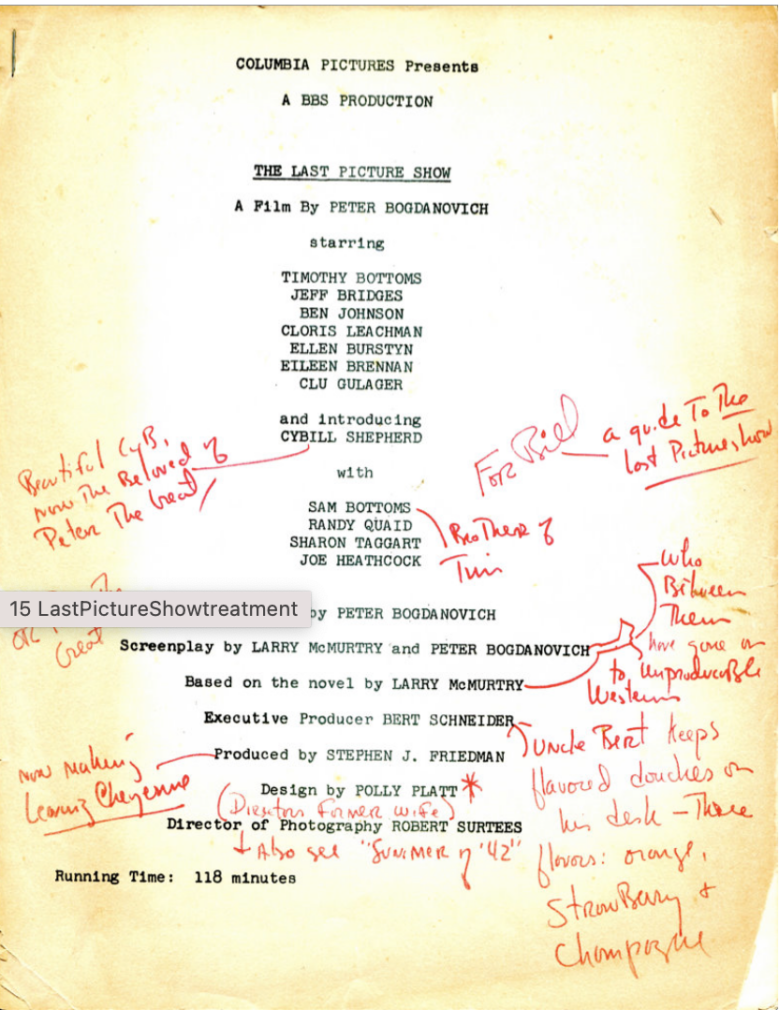
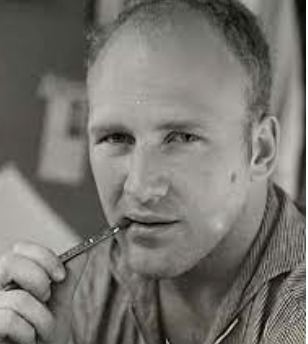
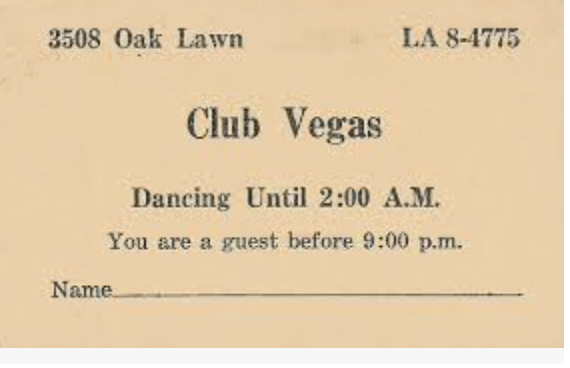
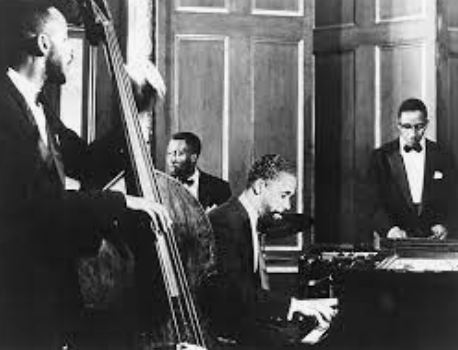
Bill also made an appearance in the Warren Commission Report in the aftermath of the assassination of President John F. Kennedy by Lee Harvey Oswald in Dallas. He had been questioned by the FBI as to why his phone number was in Jack Ruby’s phone book. Ruby had been arrested for the murder of Oswald in the days after the assassination. As it turns out, parts of Dallas were “dry” and Bill was a member at Ruby’s Club Vegas nightclub, located in Oak Lawn, where he could get a mixed drink after work and entertain his author friends. Those friends included Bud Shrake, A. C. Greene, and Bill Brammer. Another friend was counter-culture author Ken Kesey who came through Dallas in 1962 for a book tour of his novel, One Flew Over the Cuckoo’s Nest. While in Dallas, Kesey went to his reading and, in order to fire them up, threw rubber balls at the society ladies who attended. Shocked and outraged, the ladies left.
As further evidence of his progressive views, in the late 1950’s Bill arranged an appearance of the all African-American Modern Jazz Quartet at the Adolphus Hotel. At that time, Blacks were not allowed to stay at the hotel so he invited them to stay with his family on Rawlins St. The Gilliland children gave up their bedrooms to John Lewis, Milt Jackson, and the other band members, who filled the house with jazz using the family’s baby grand piano. Bill’s son, Roy, remembers being taught how to mix martinis (3 to 1 gin to vermouth) and was the de facto bartender for the party.
Bill and Patricia lived in the home on Rawlins St. until their deaths, his in 2010 and hers in 2012.
A special thank you to Bill’s son, Roy Gilliland who shared his family stories, growing up surrounded with great books, jazz, and progressive attitudes.

